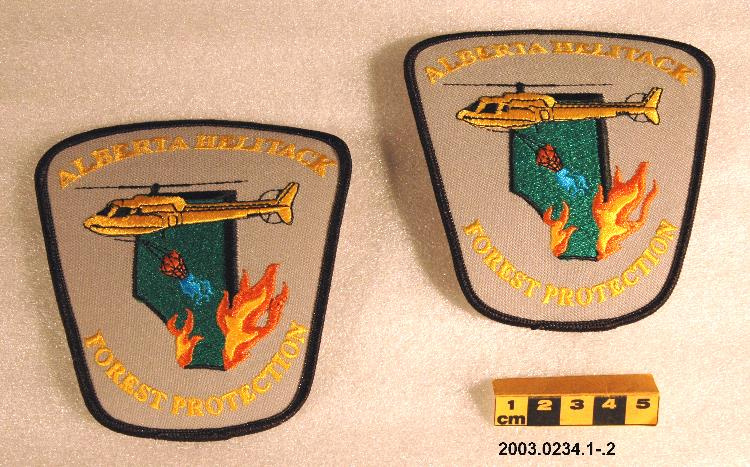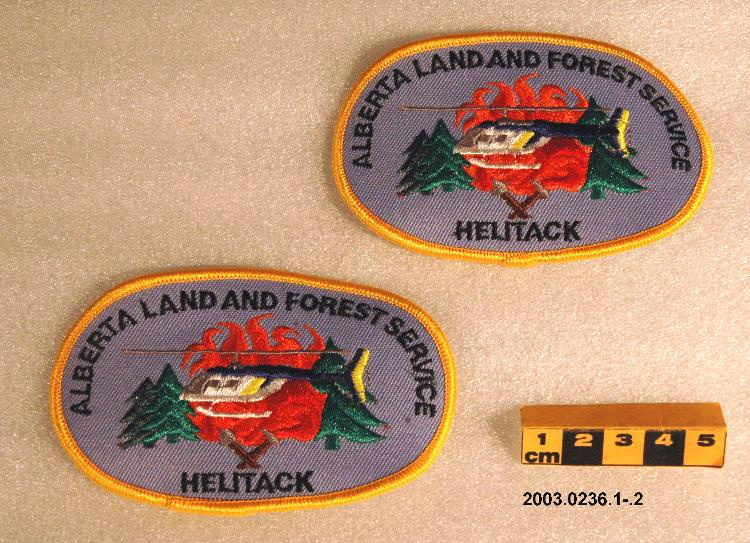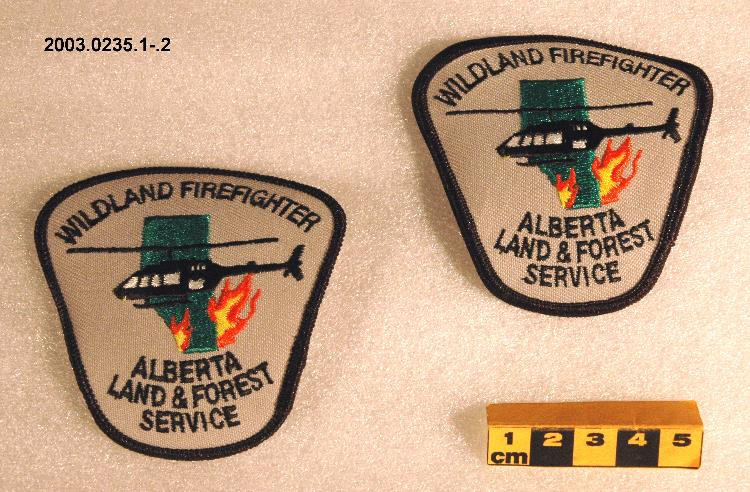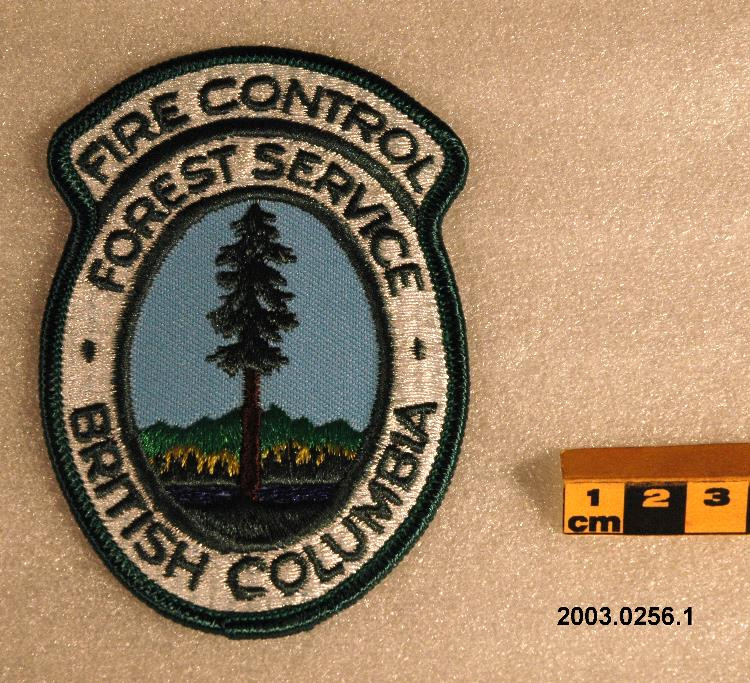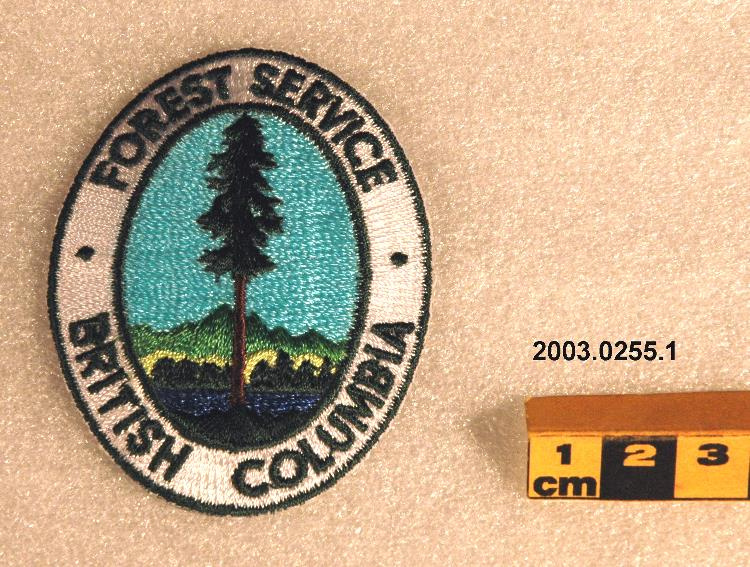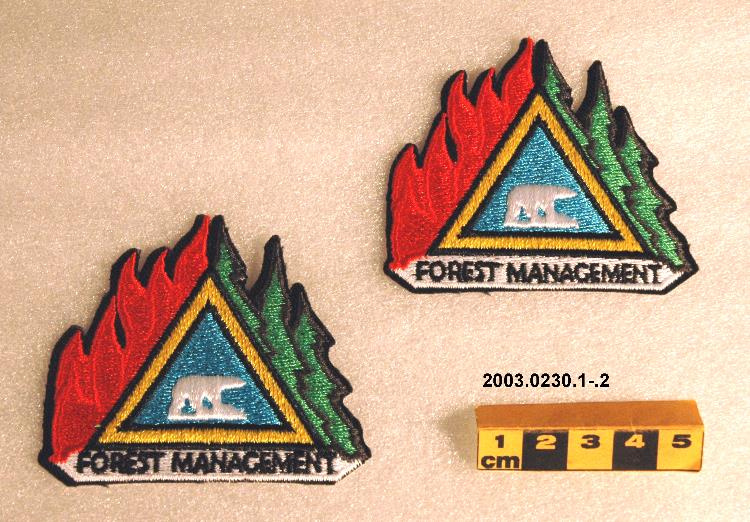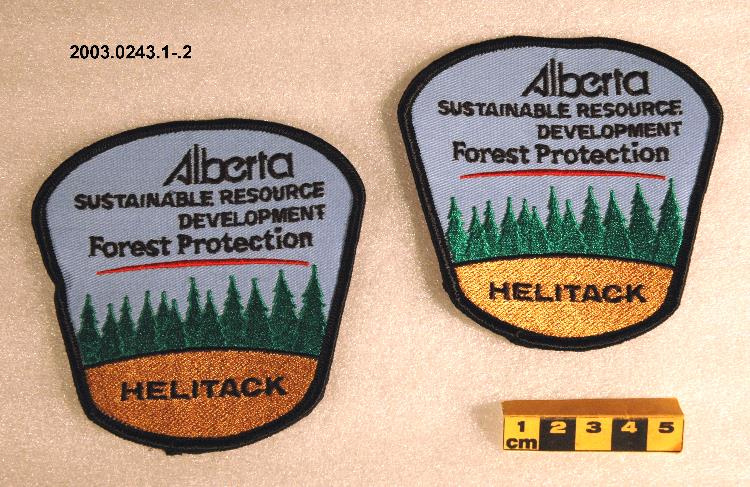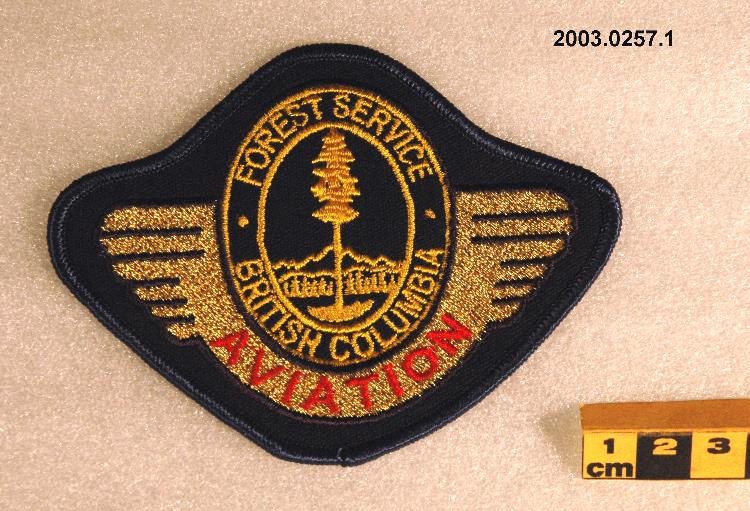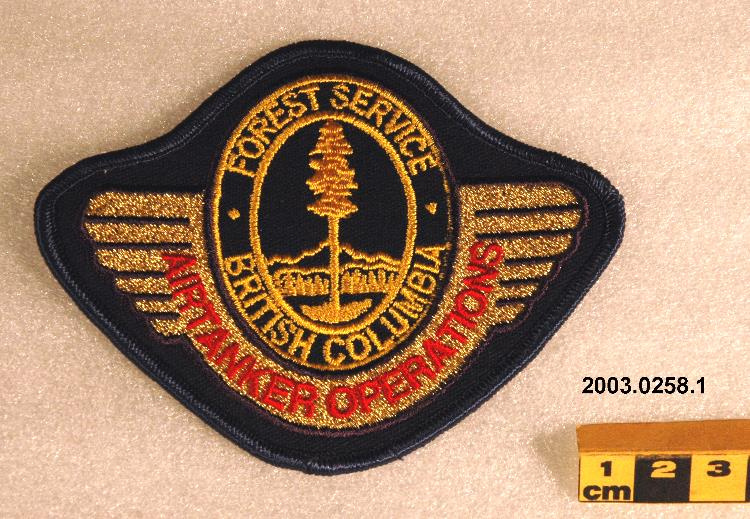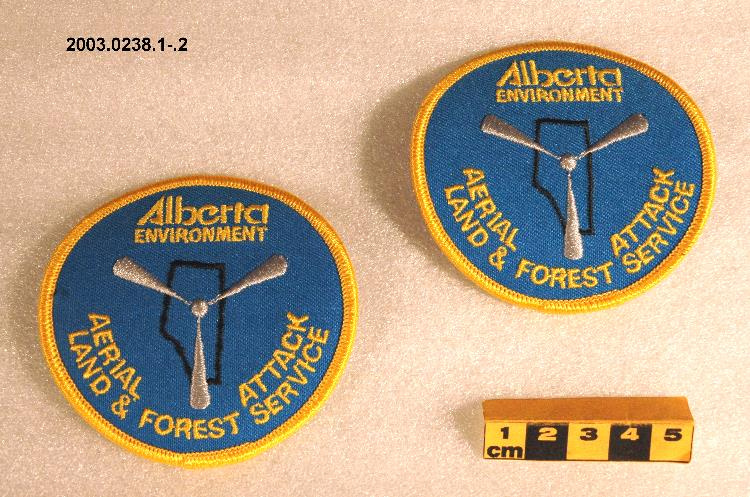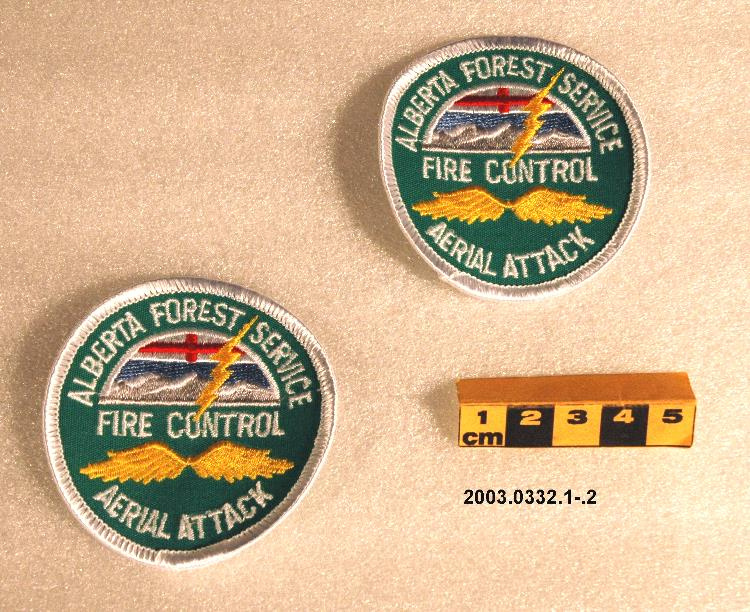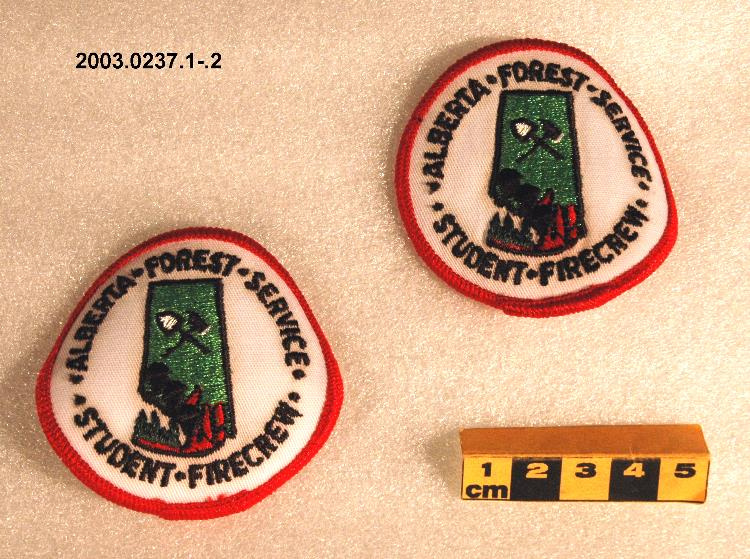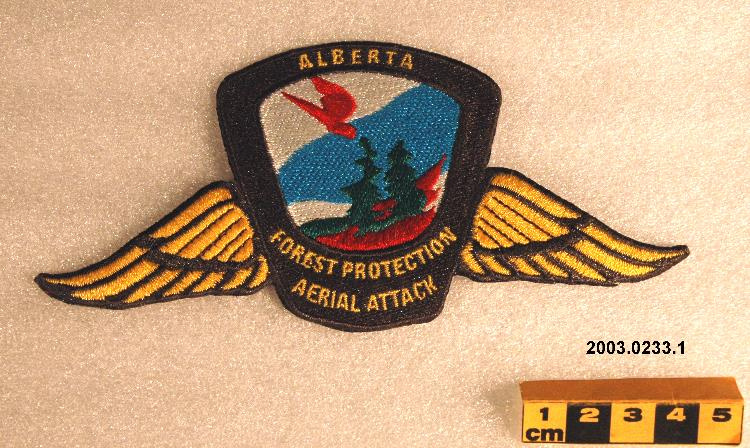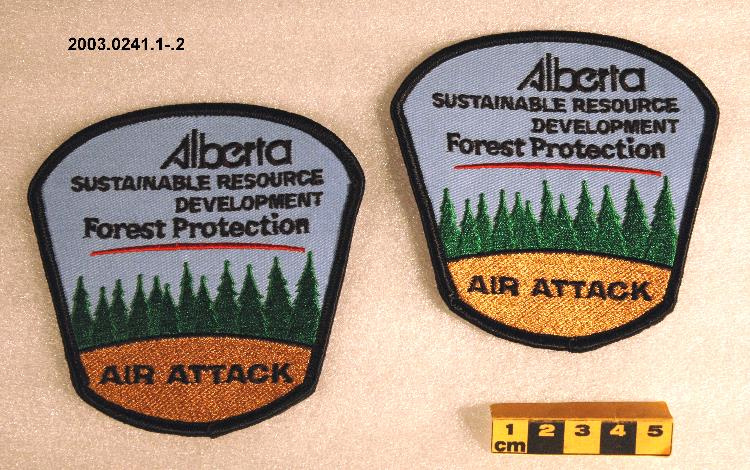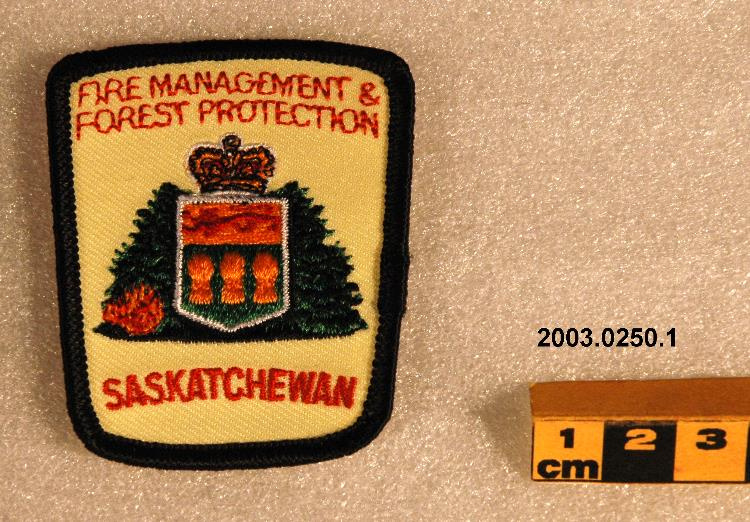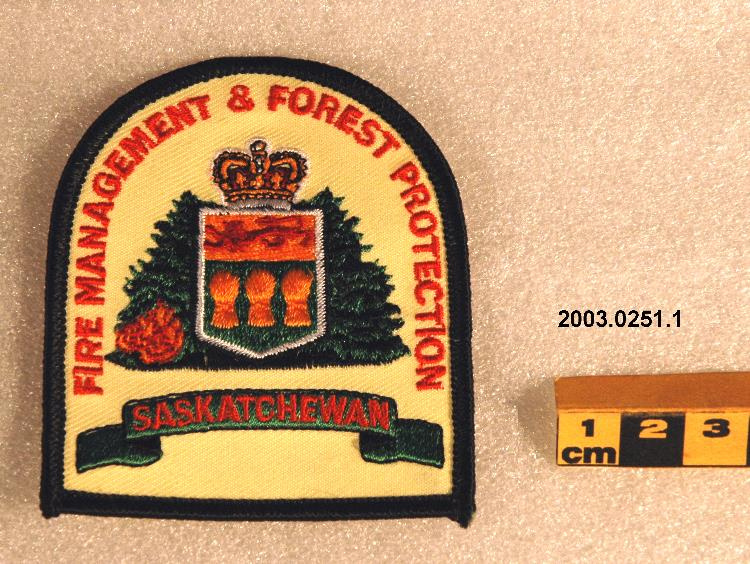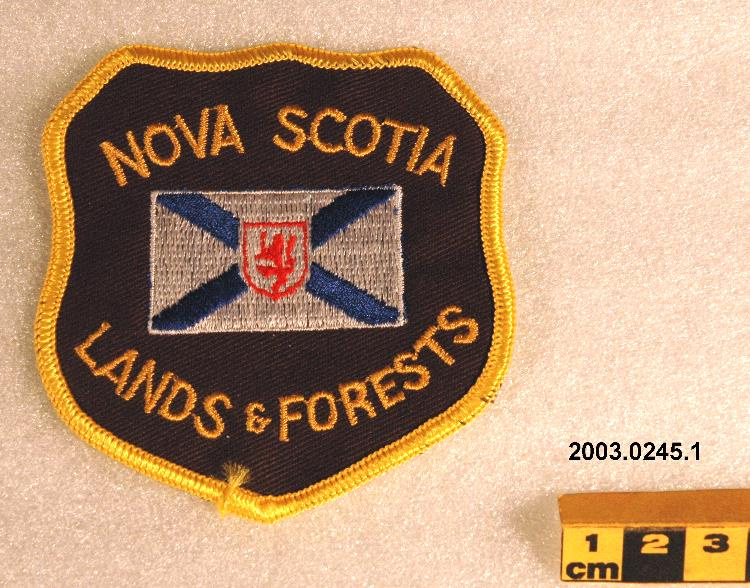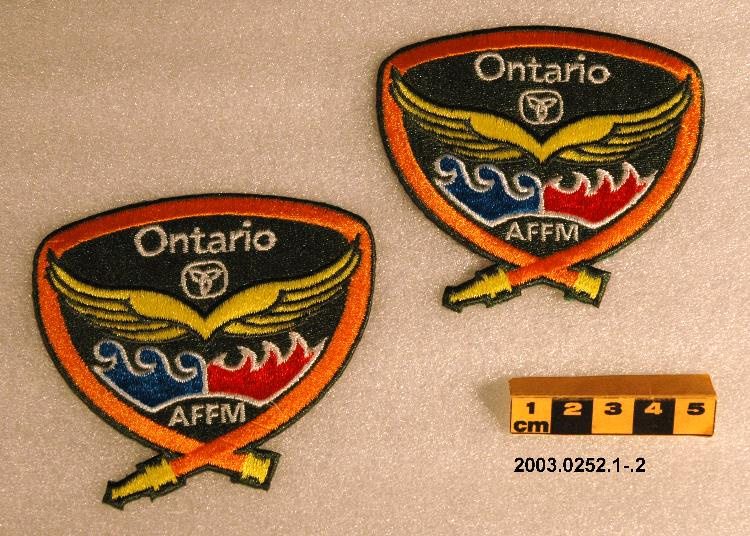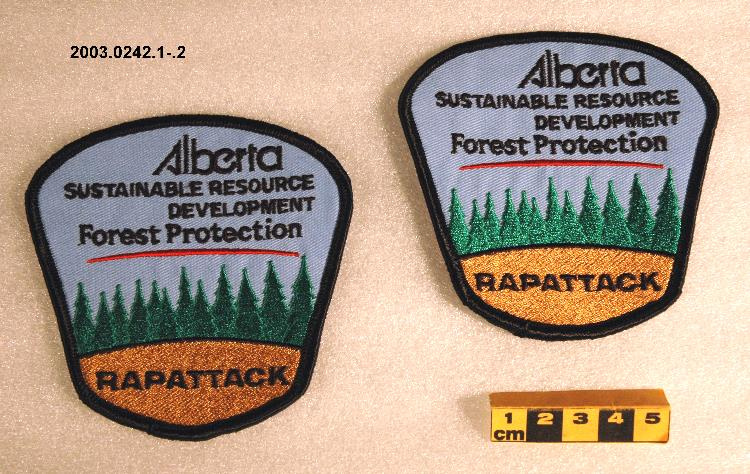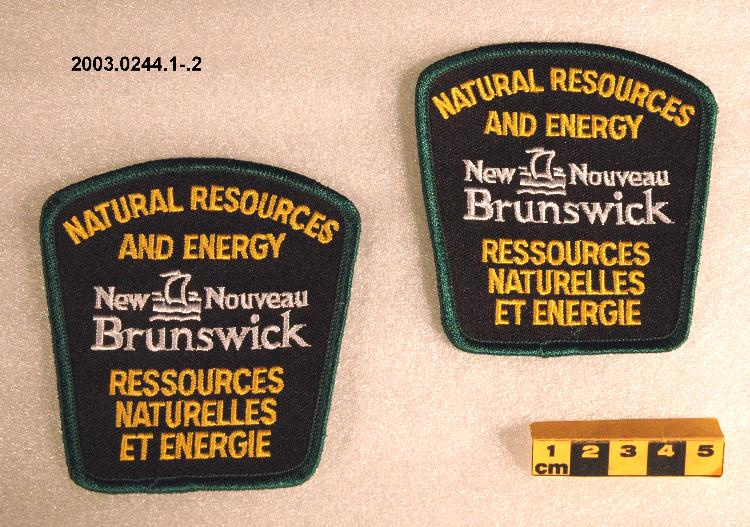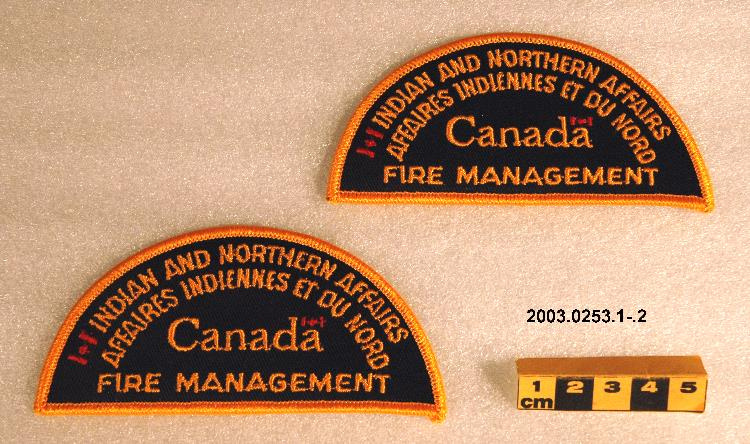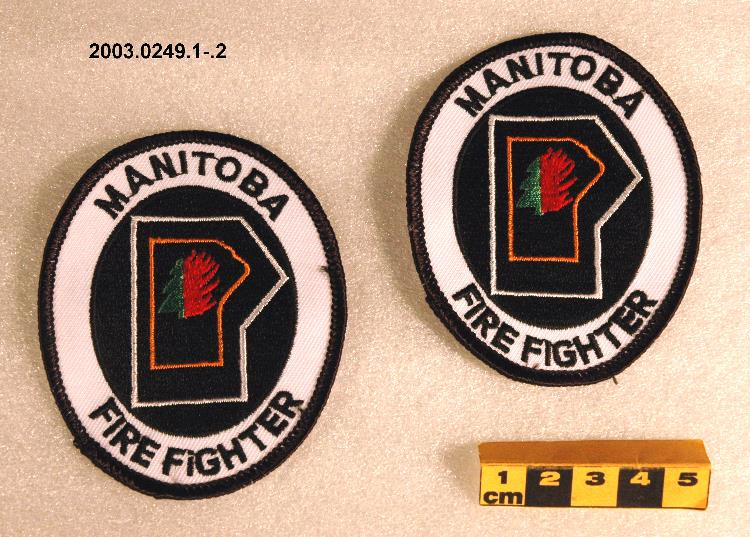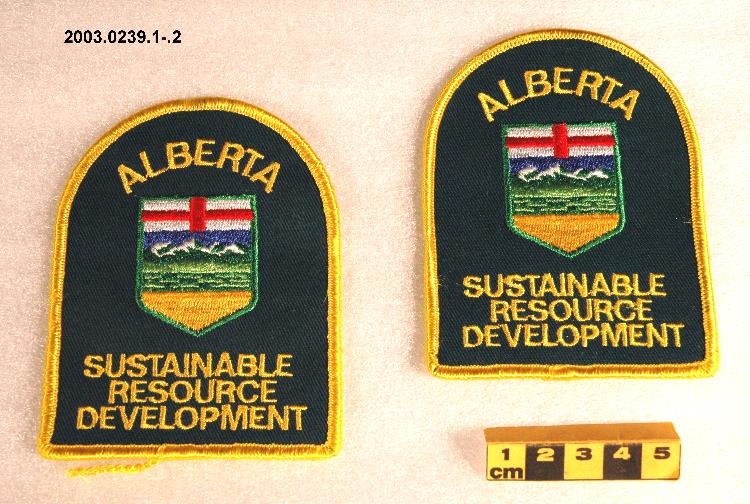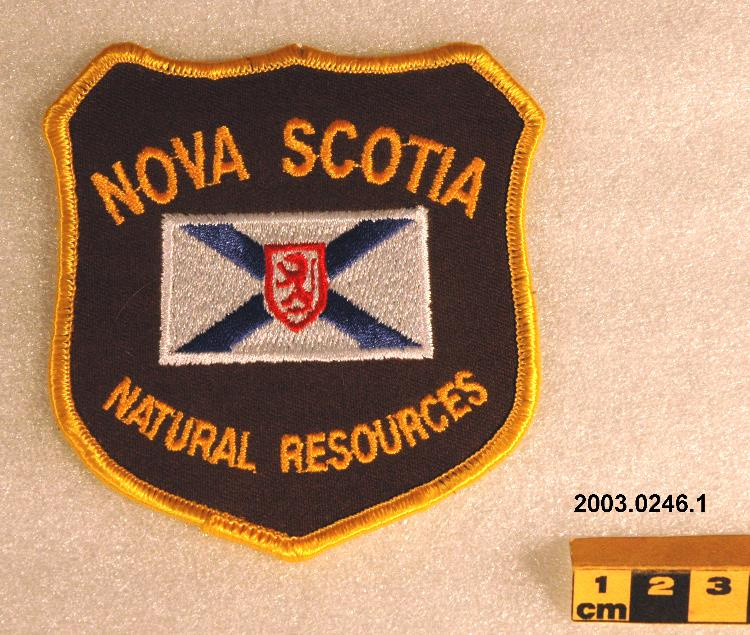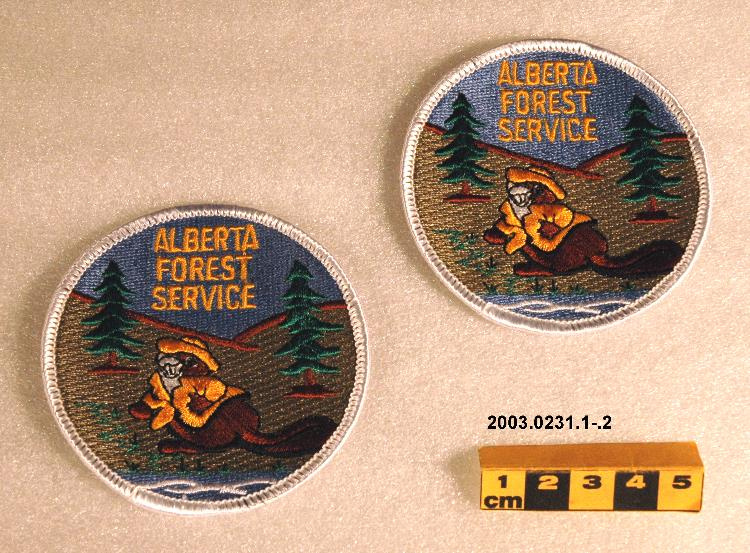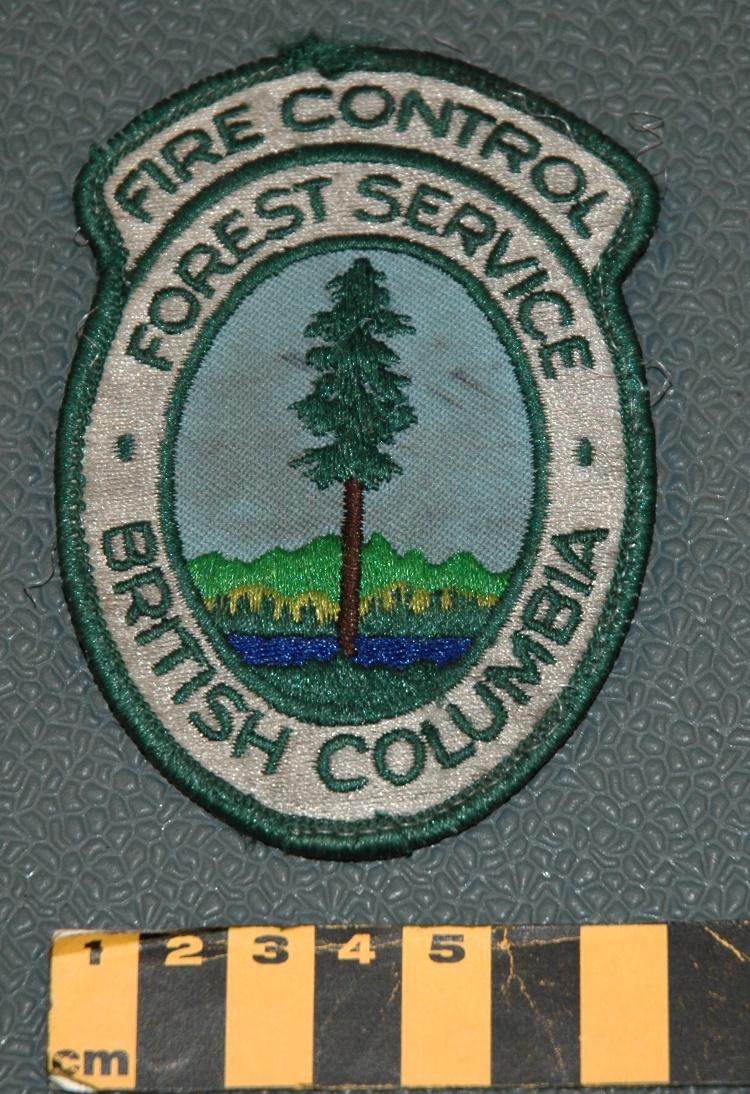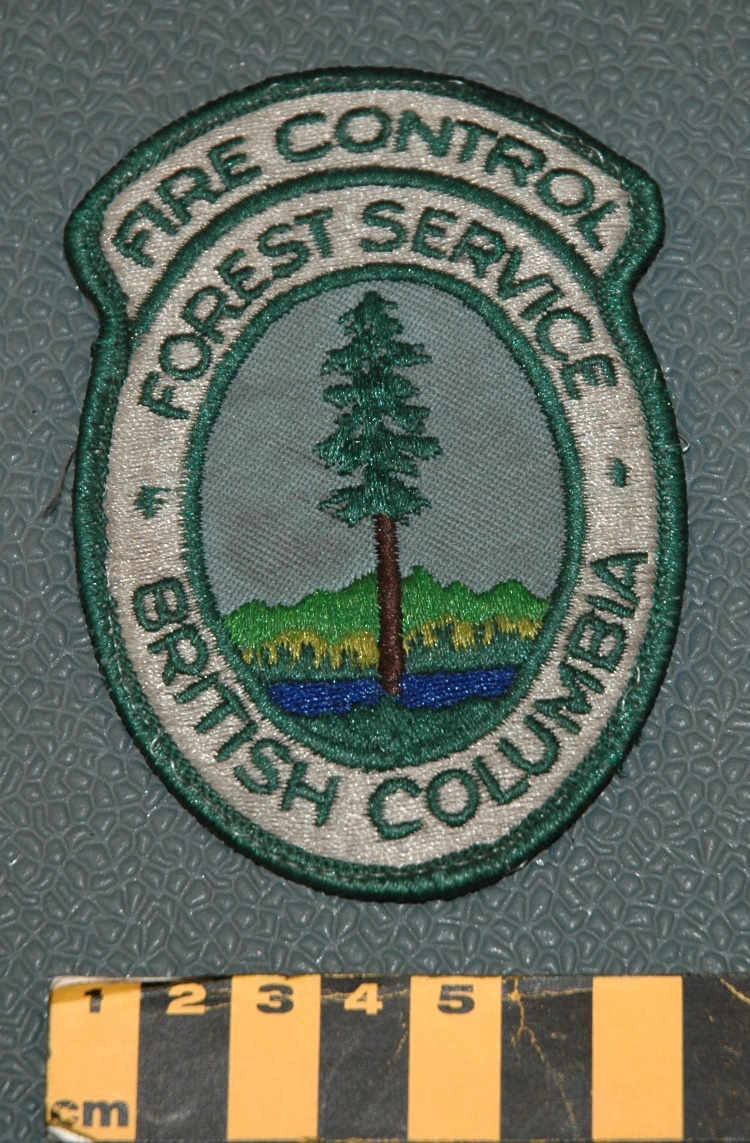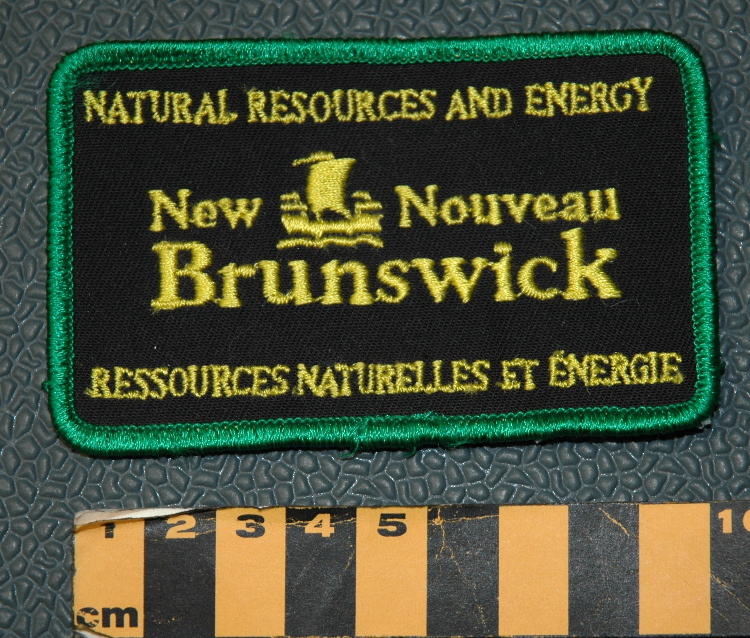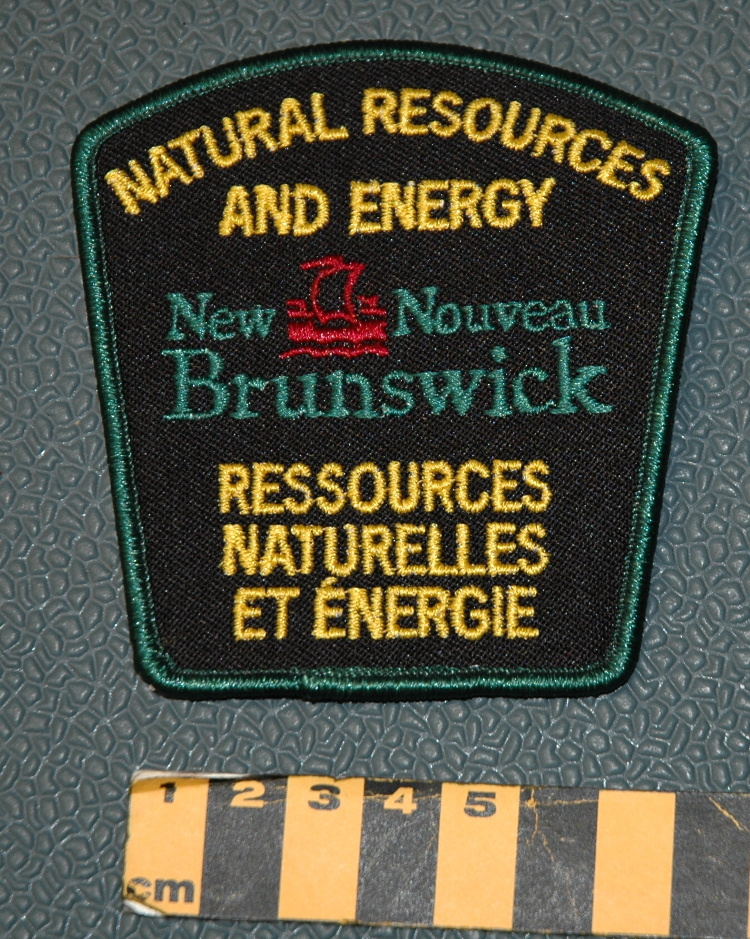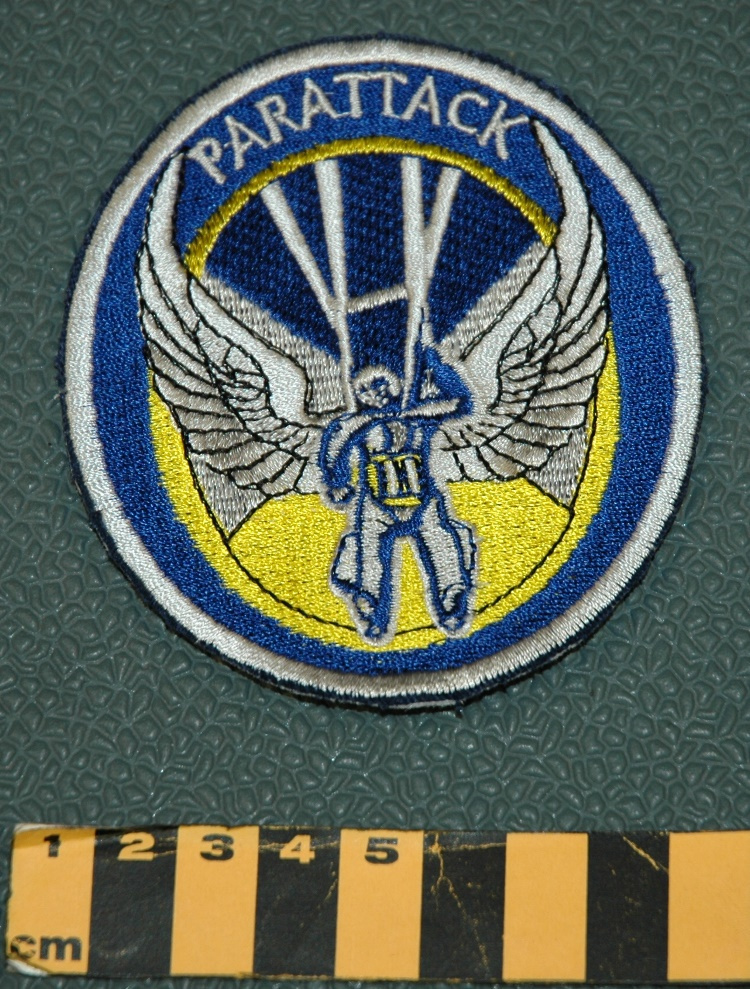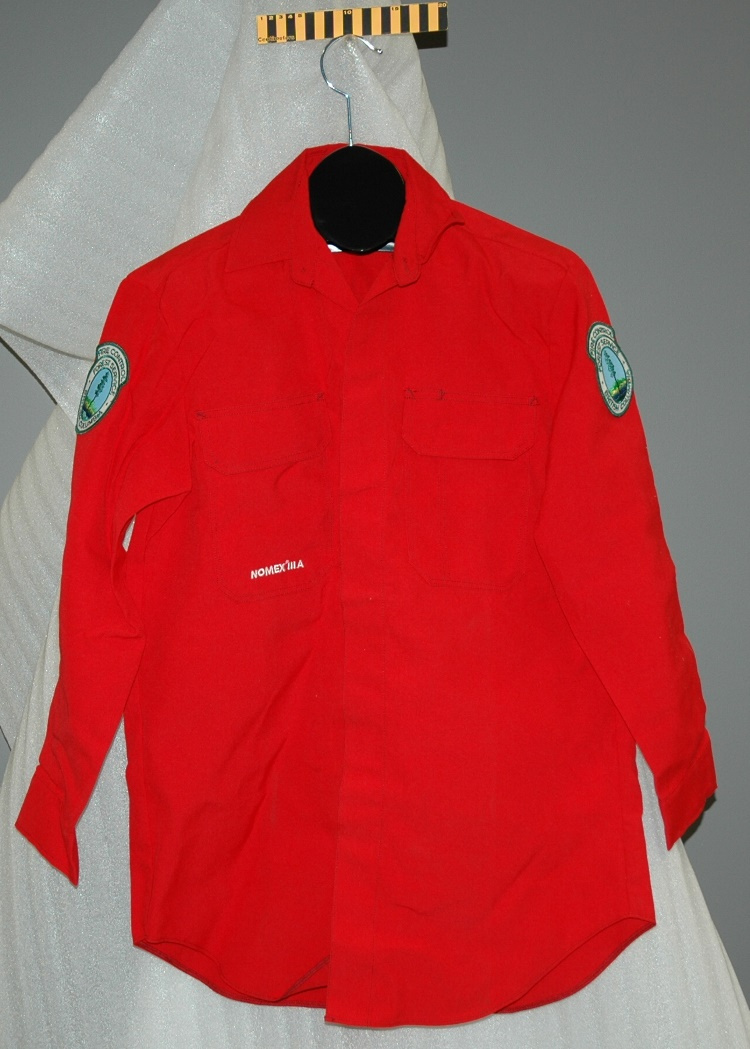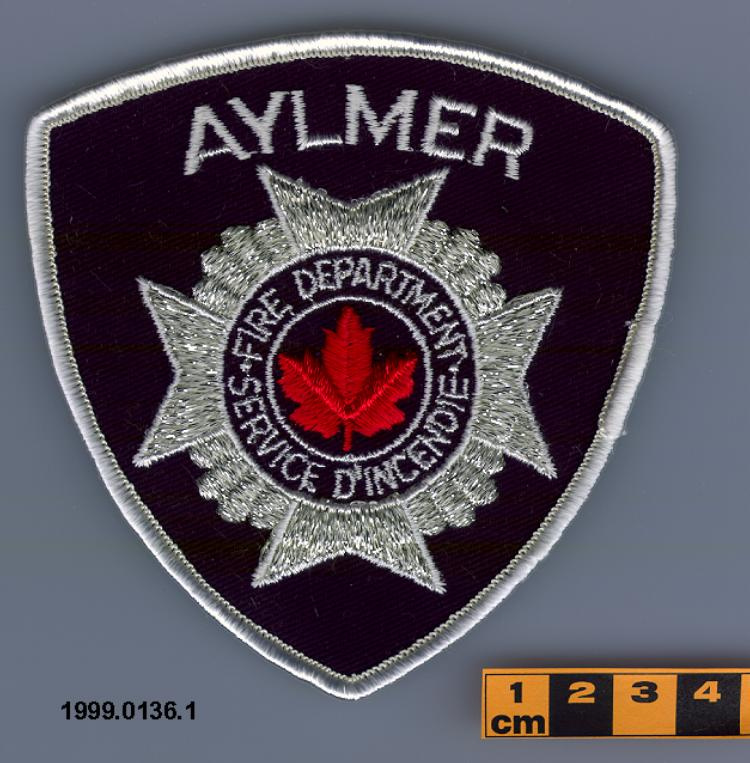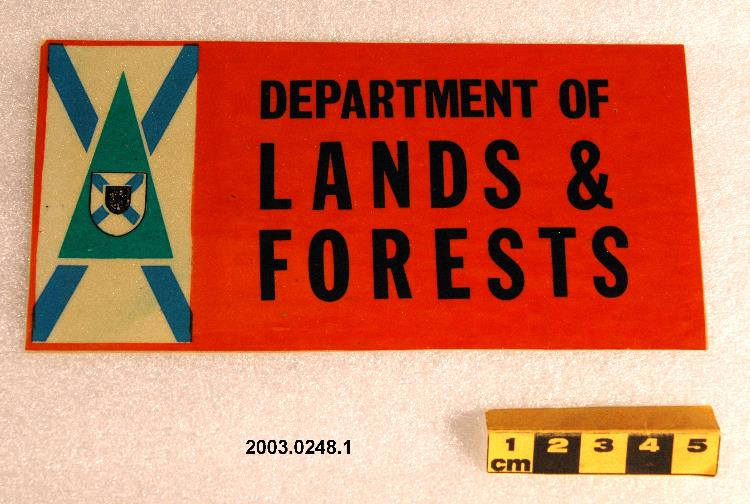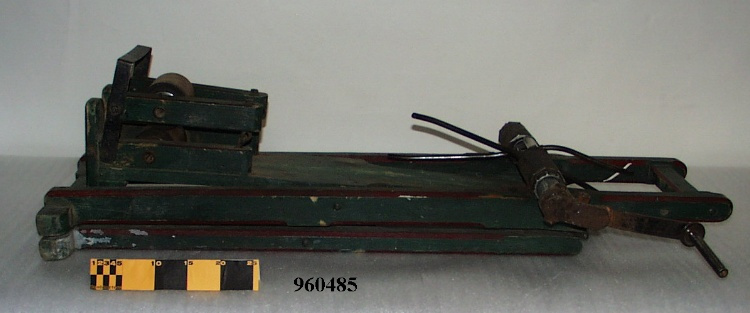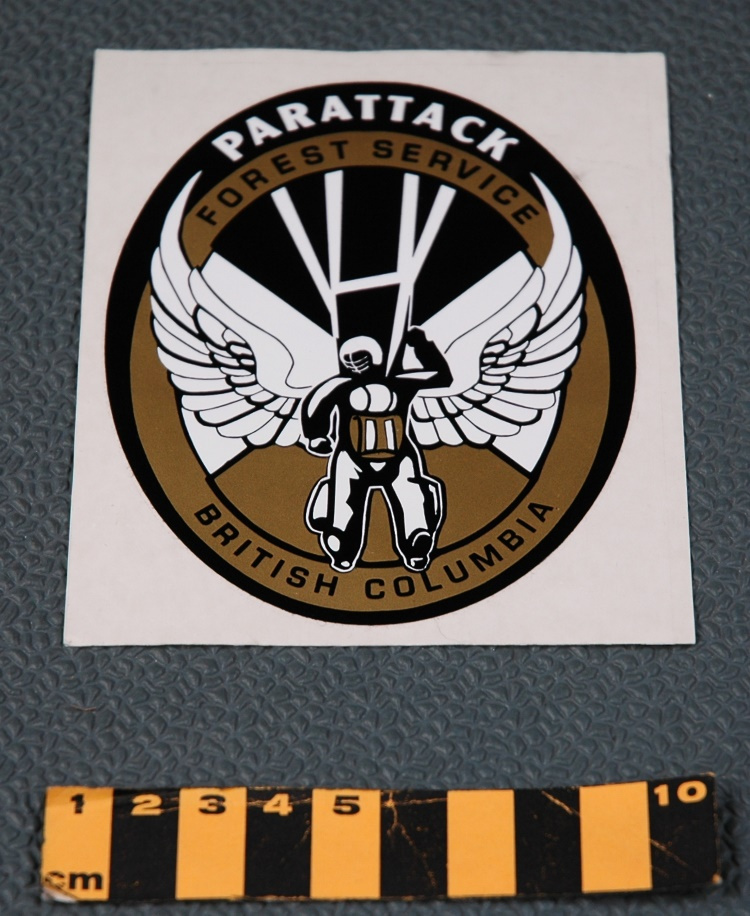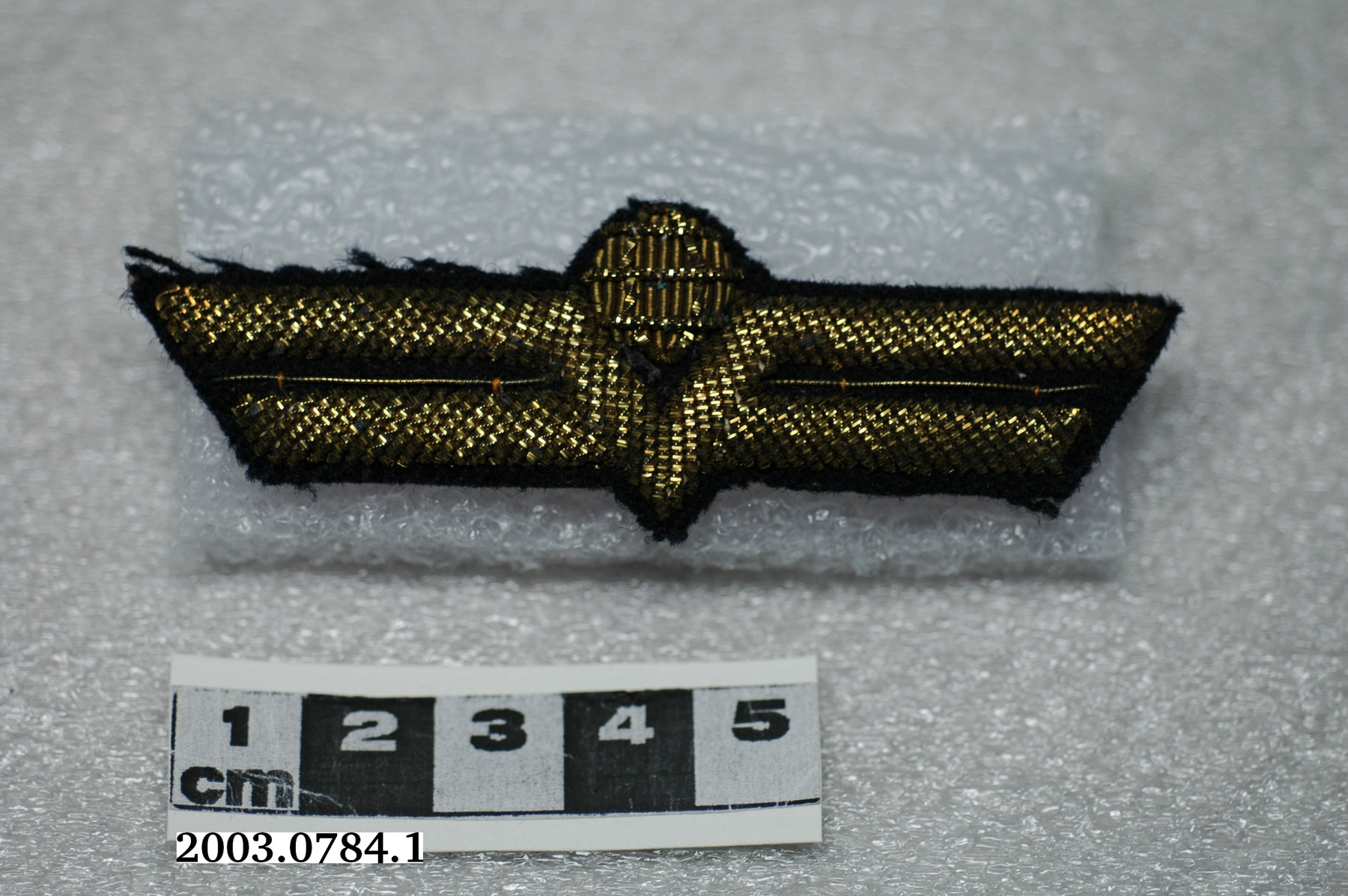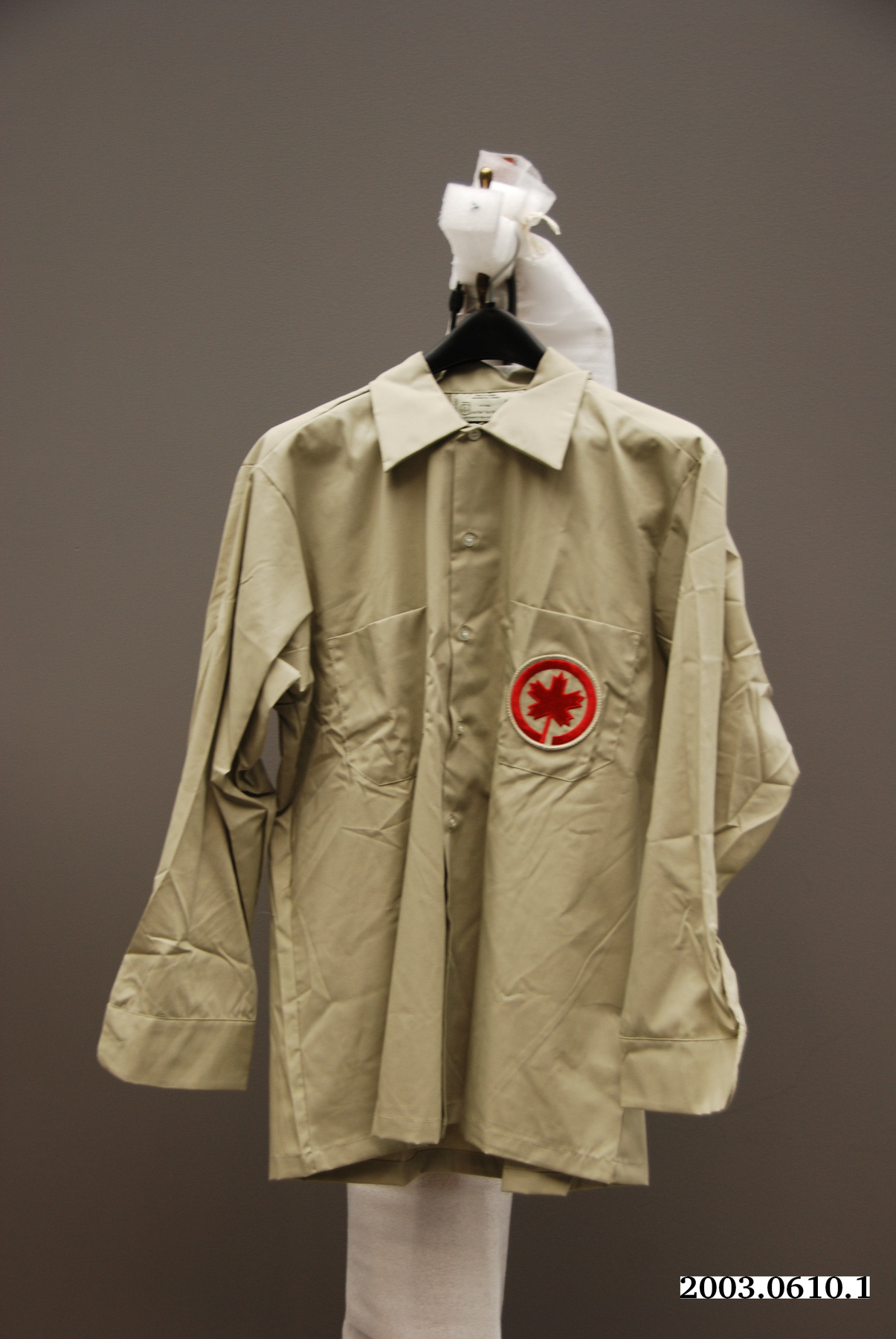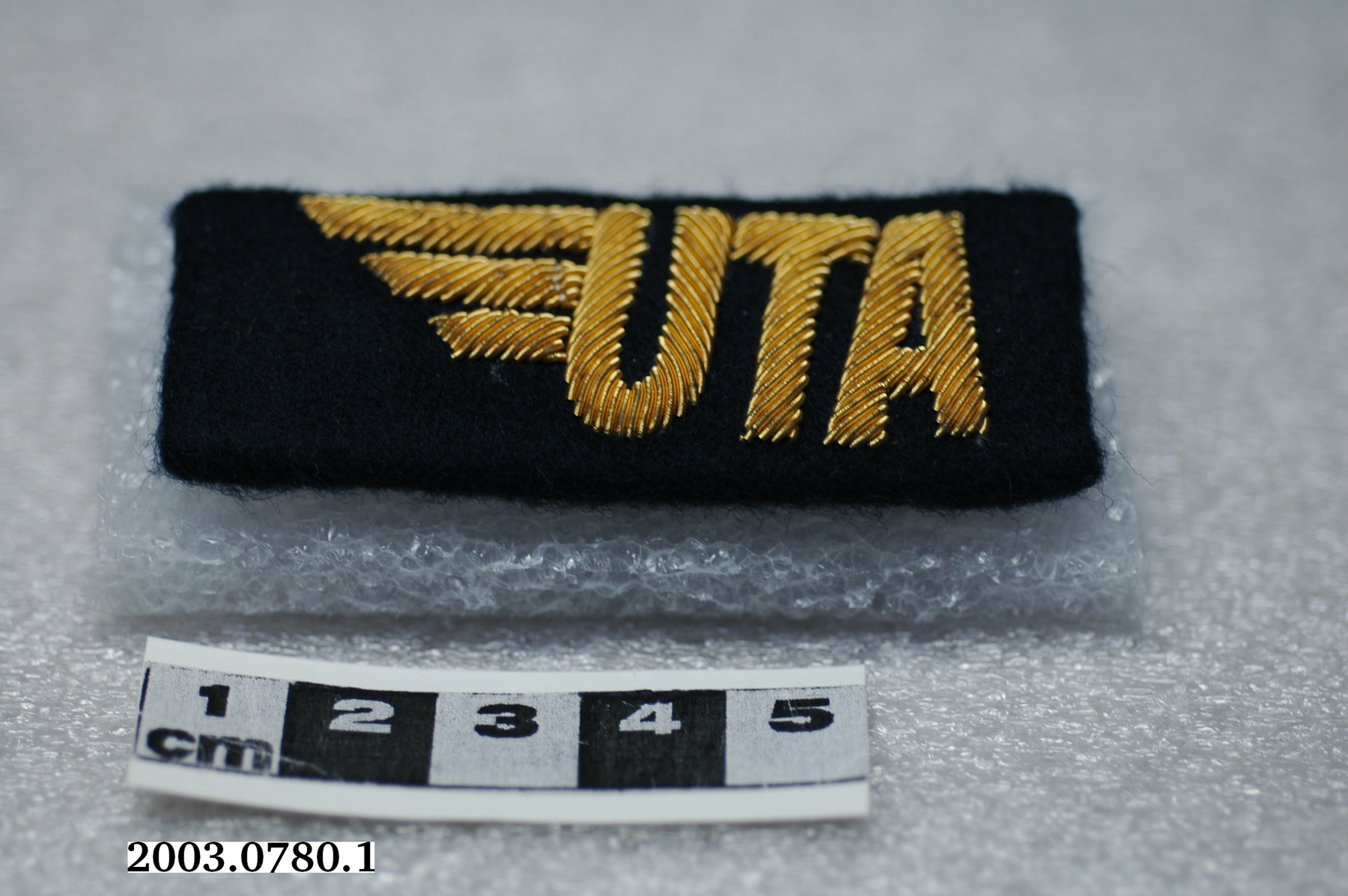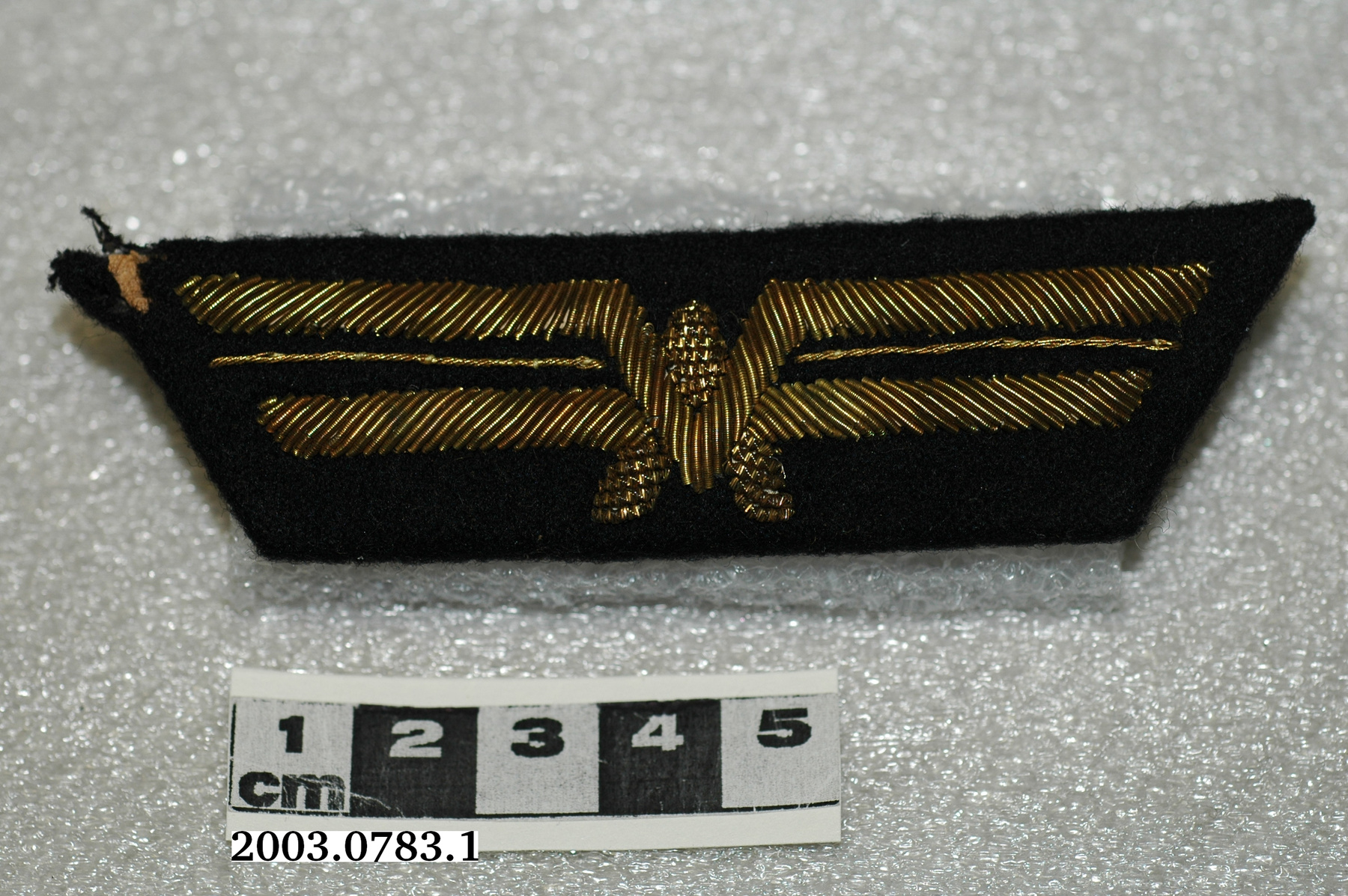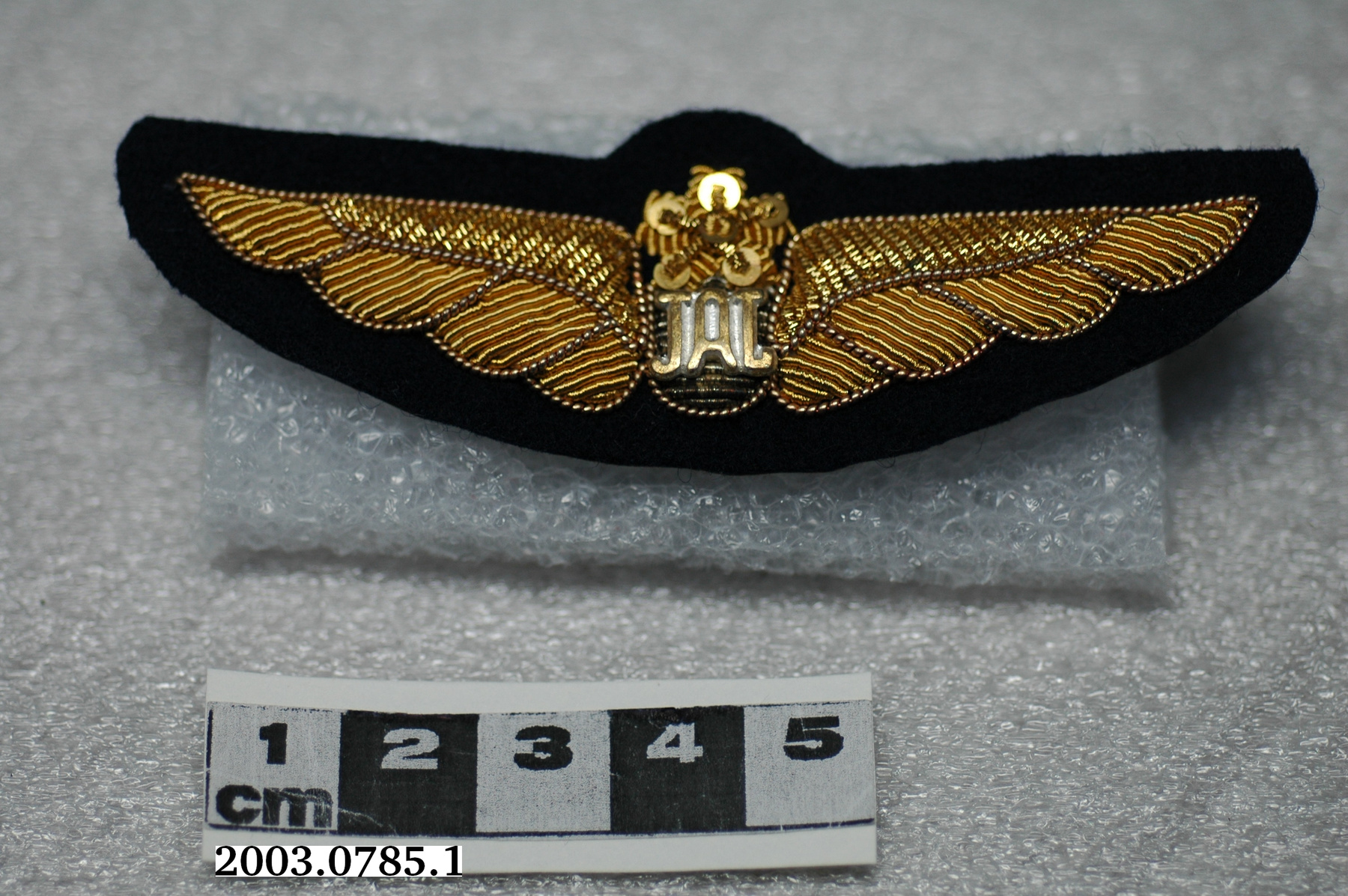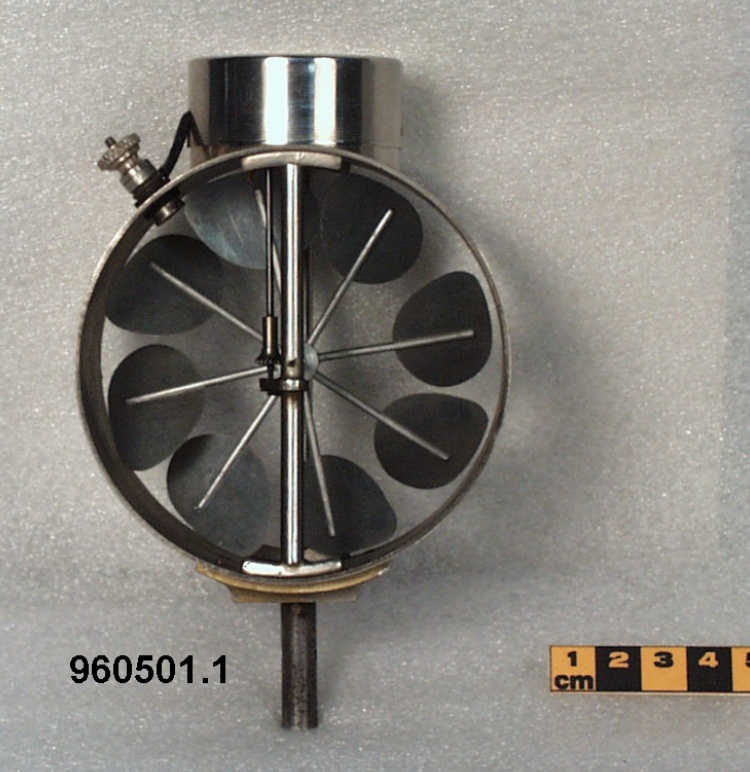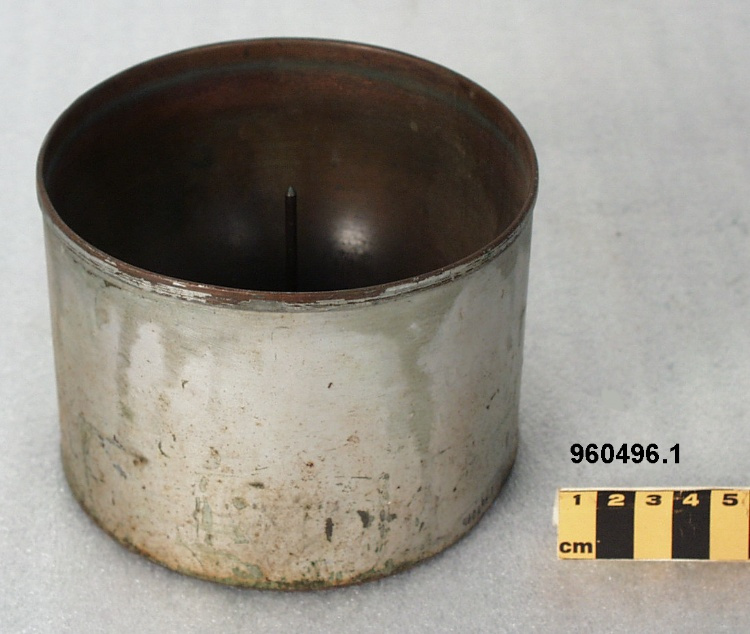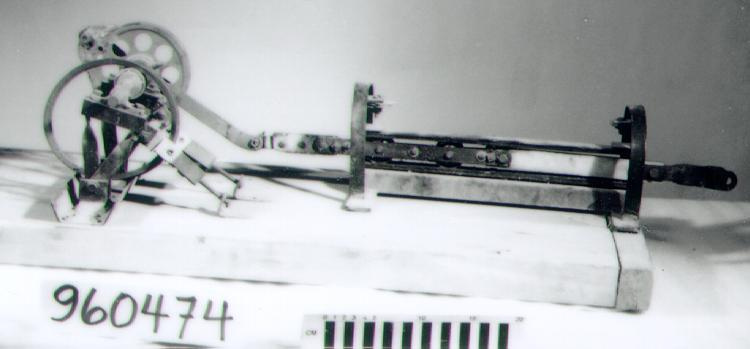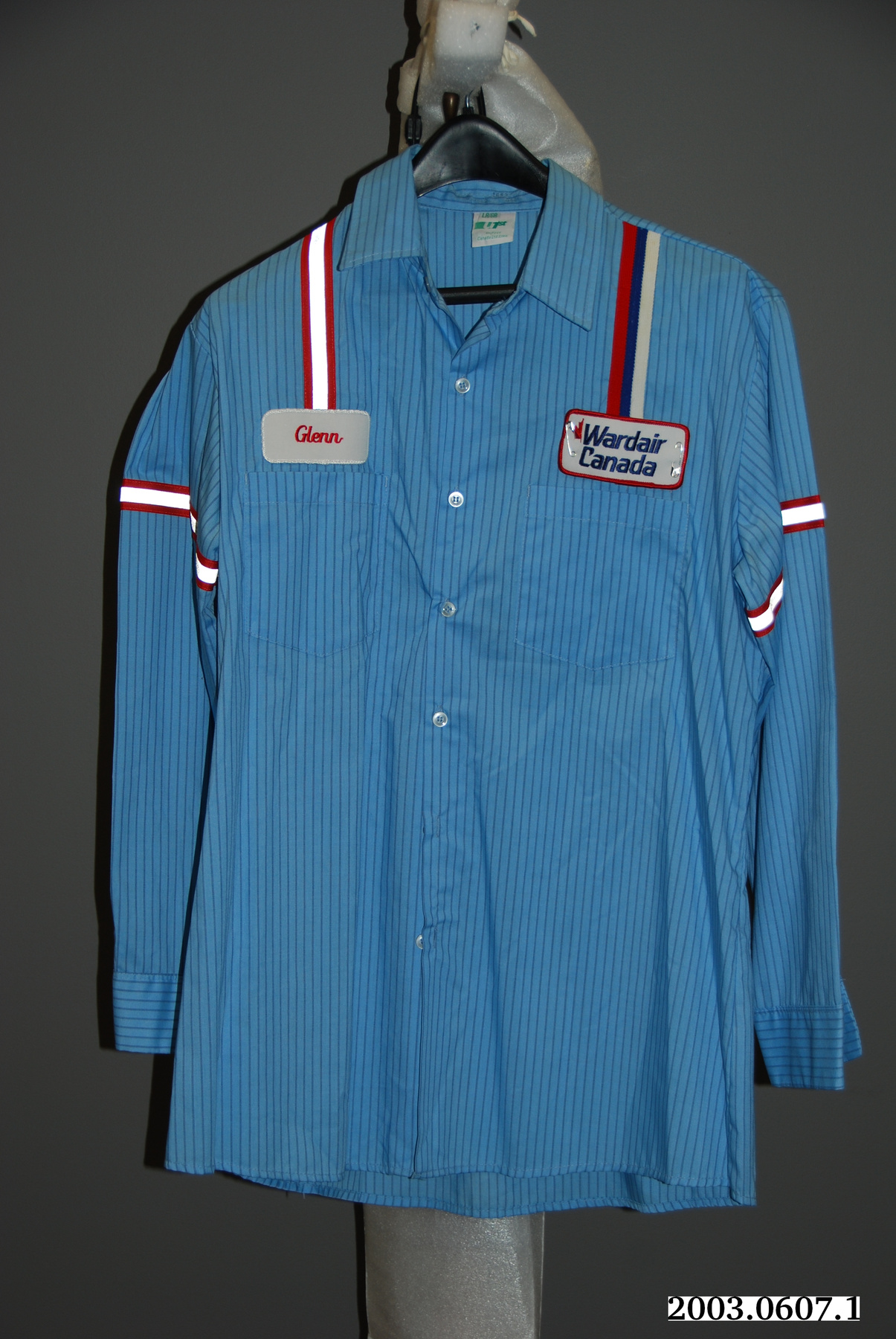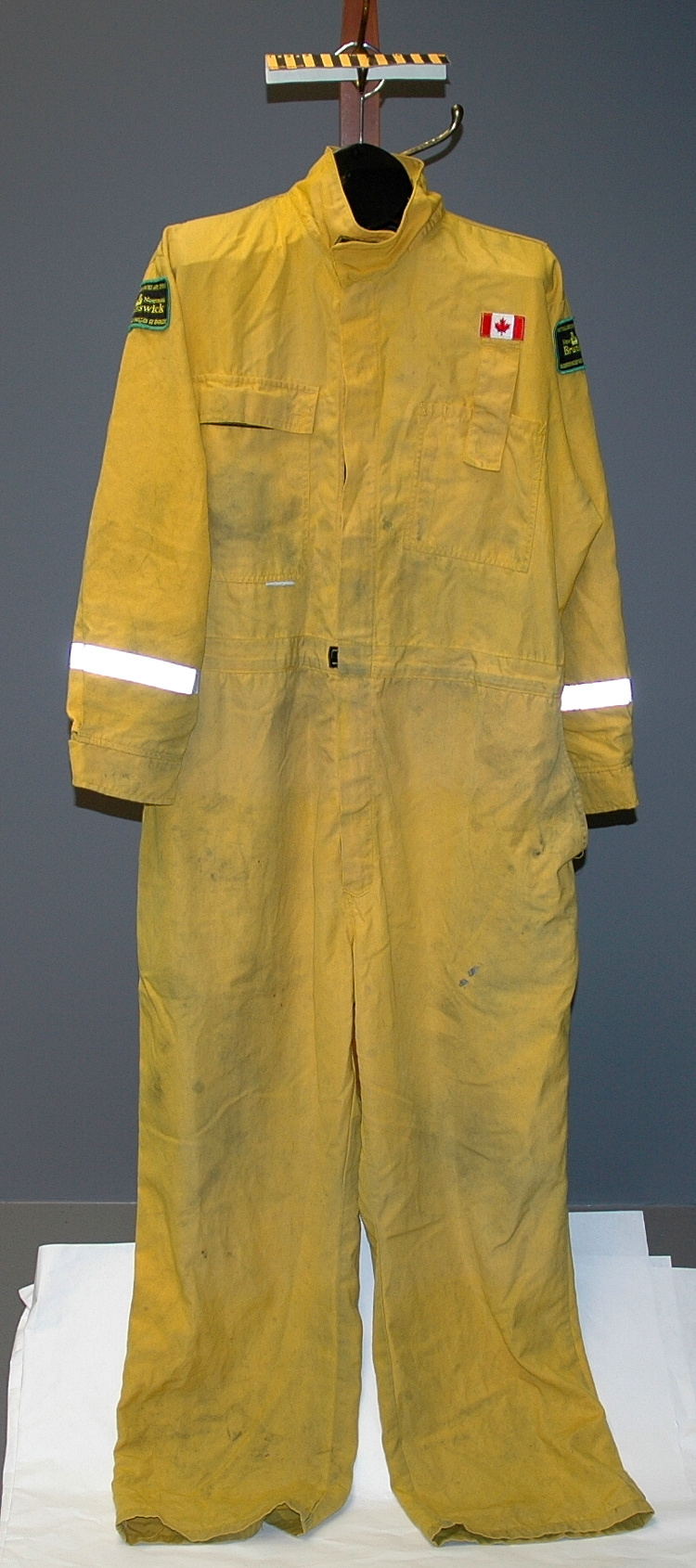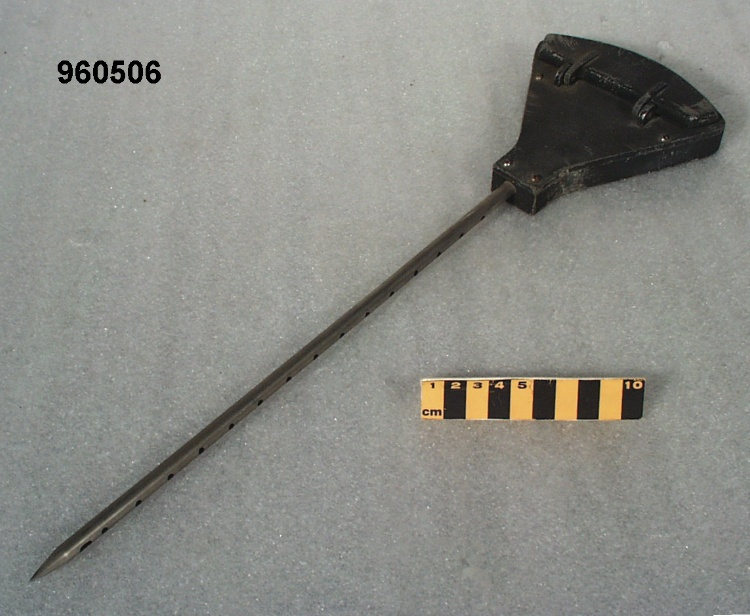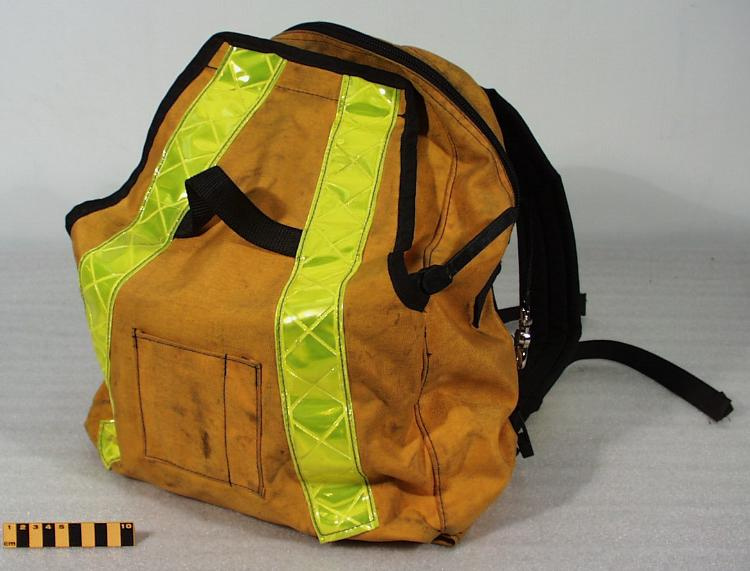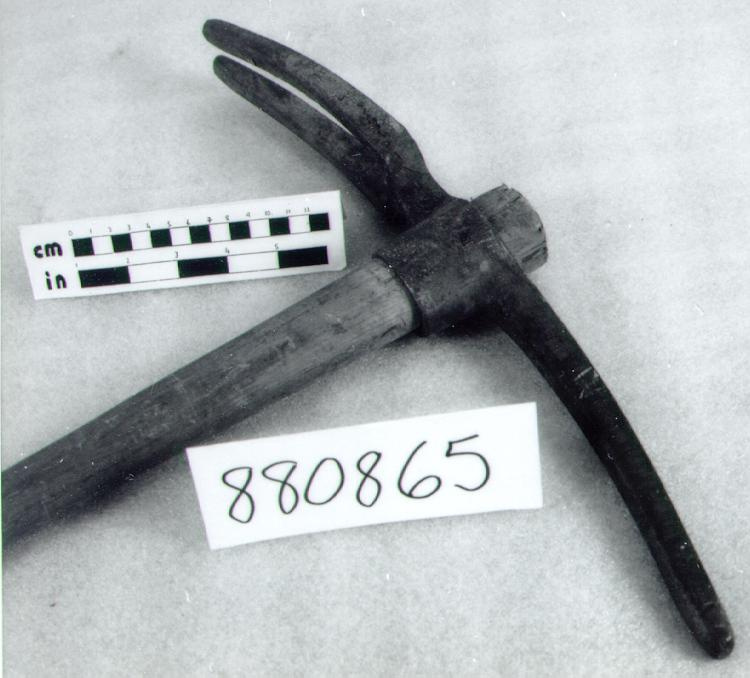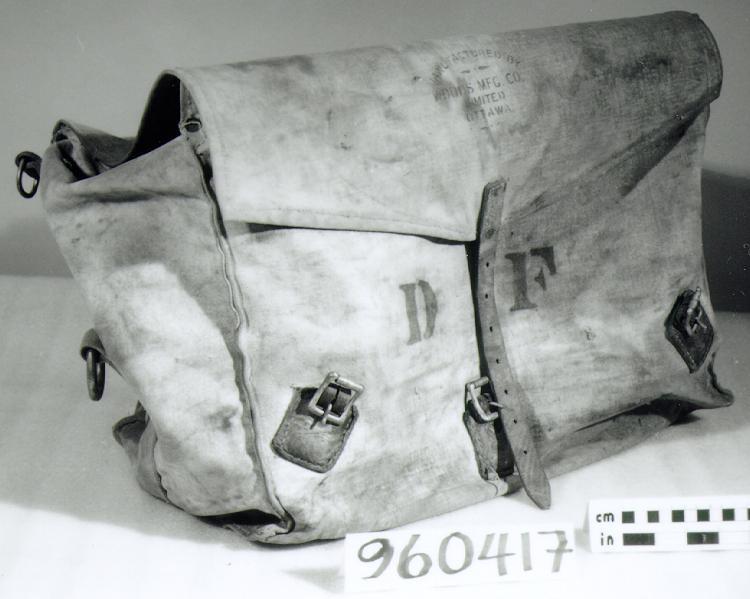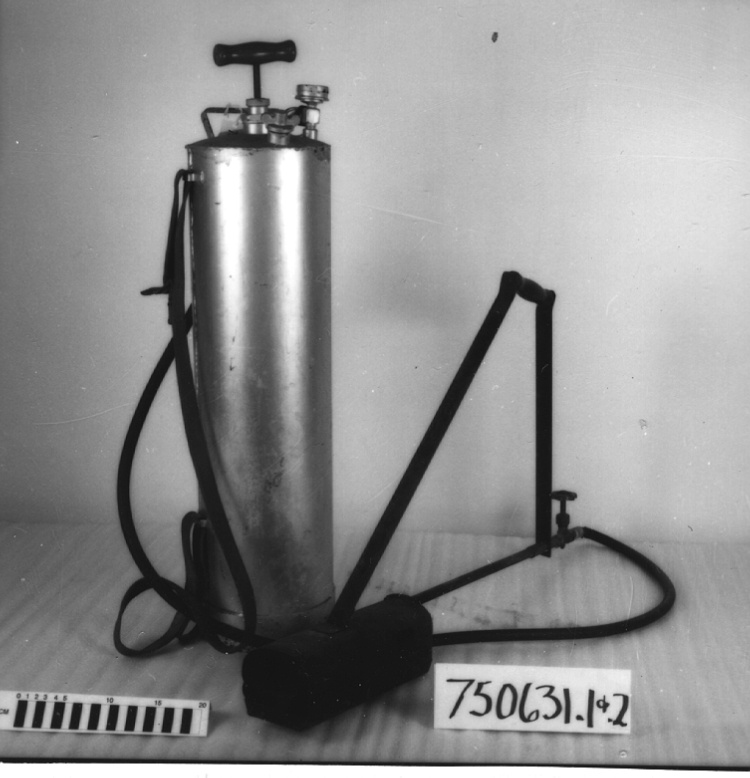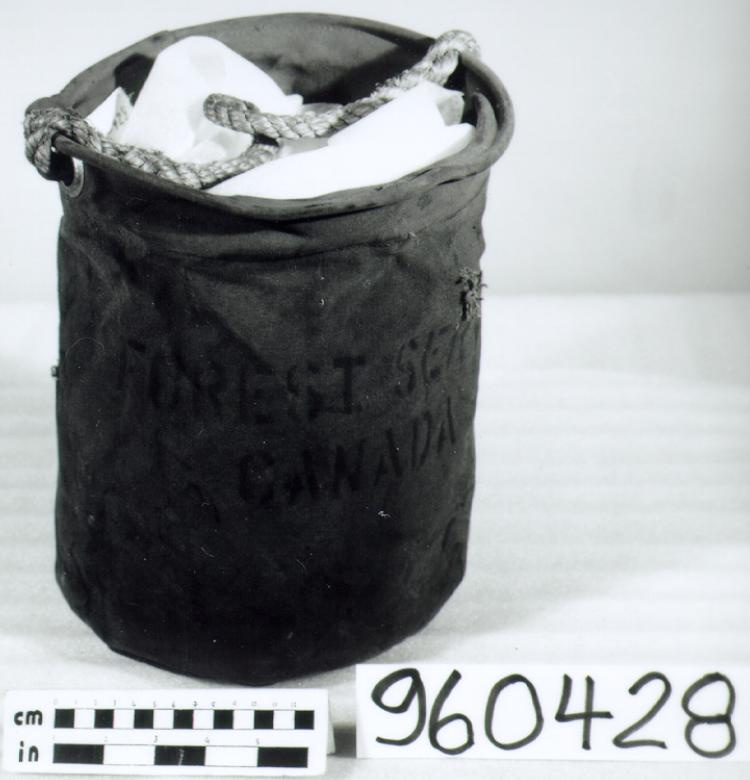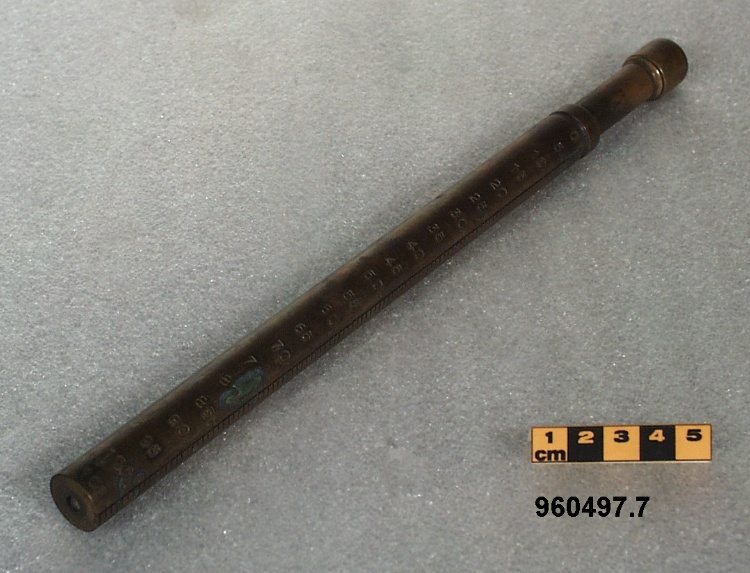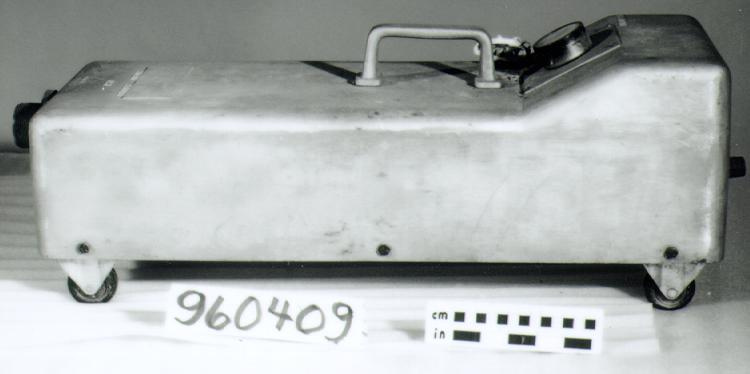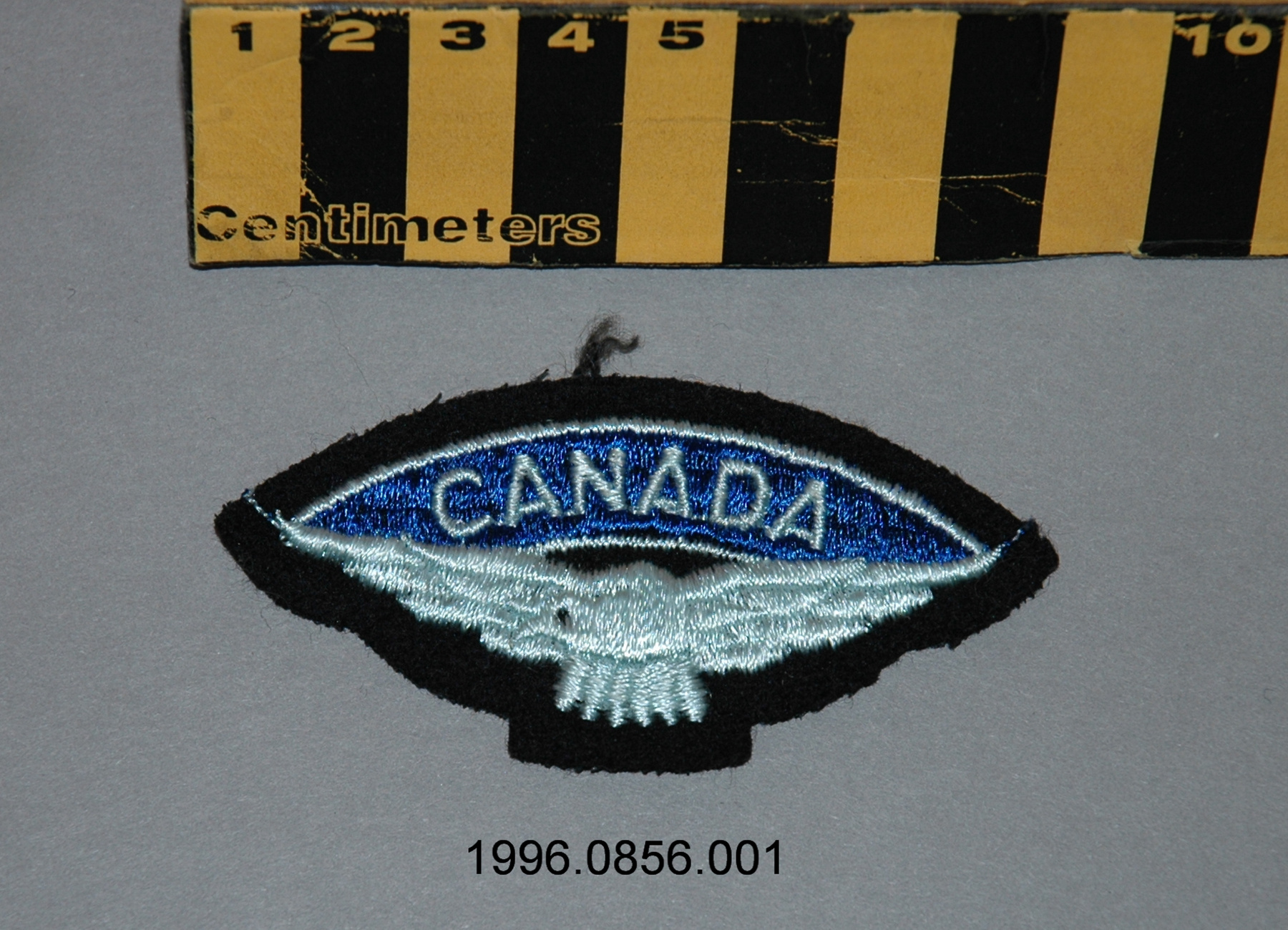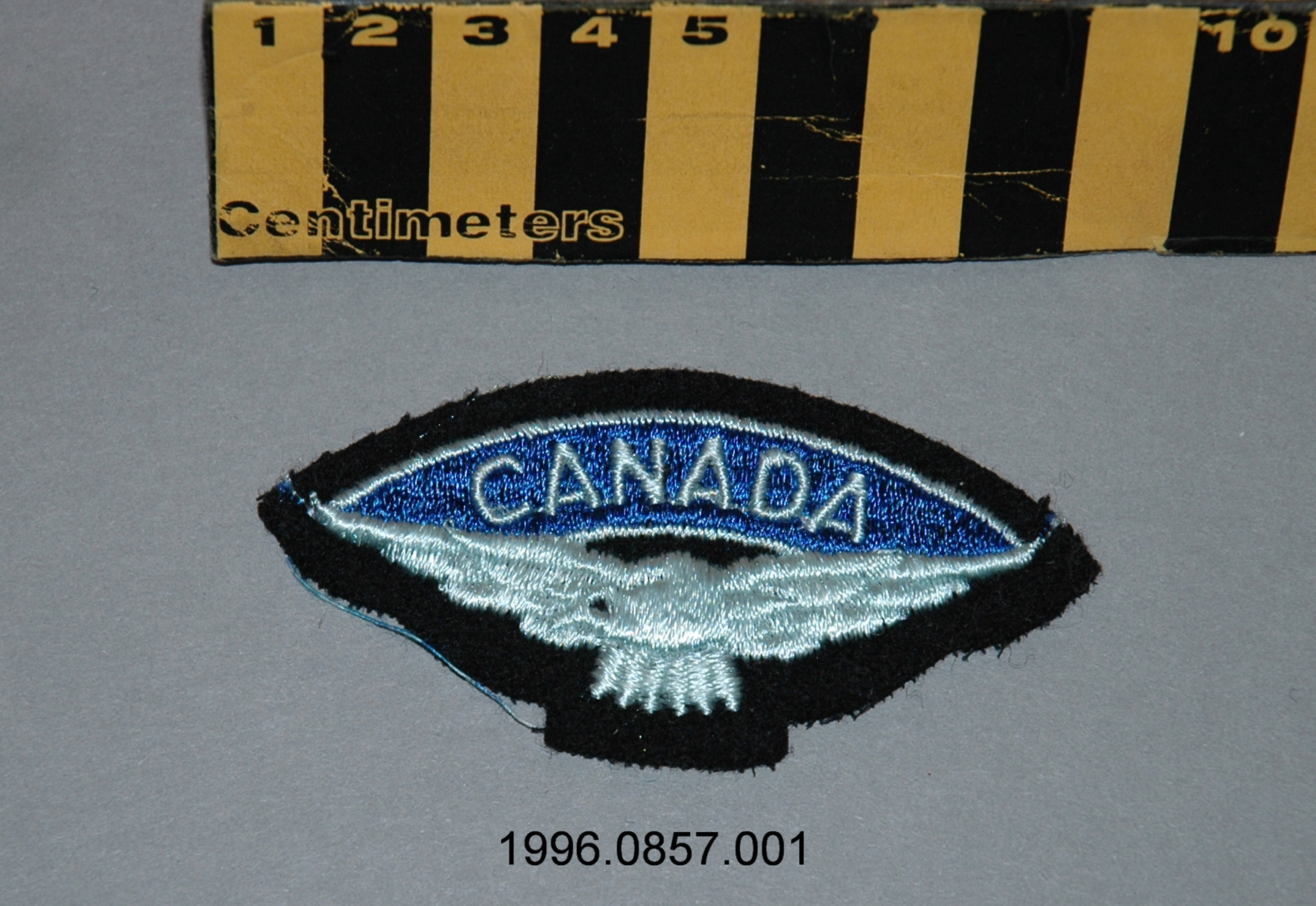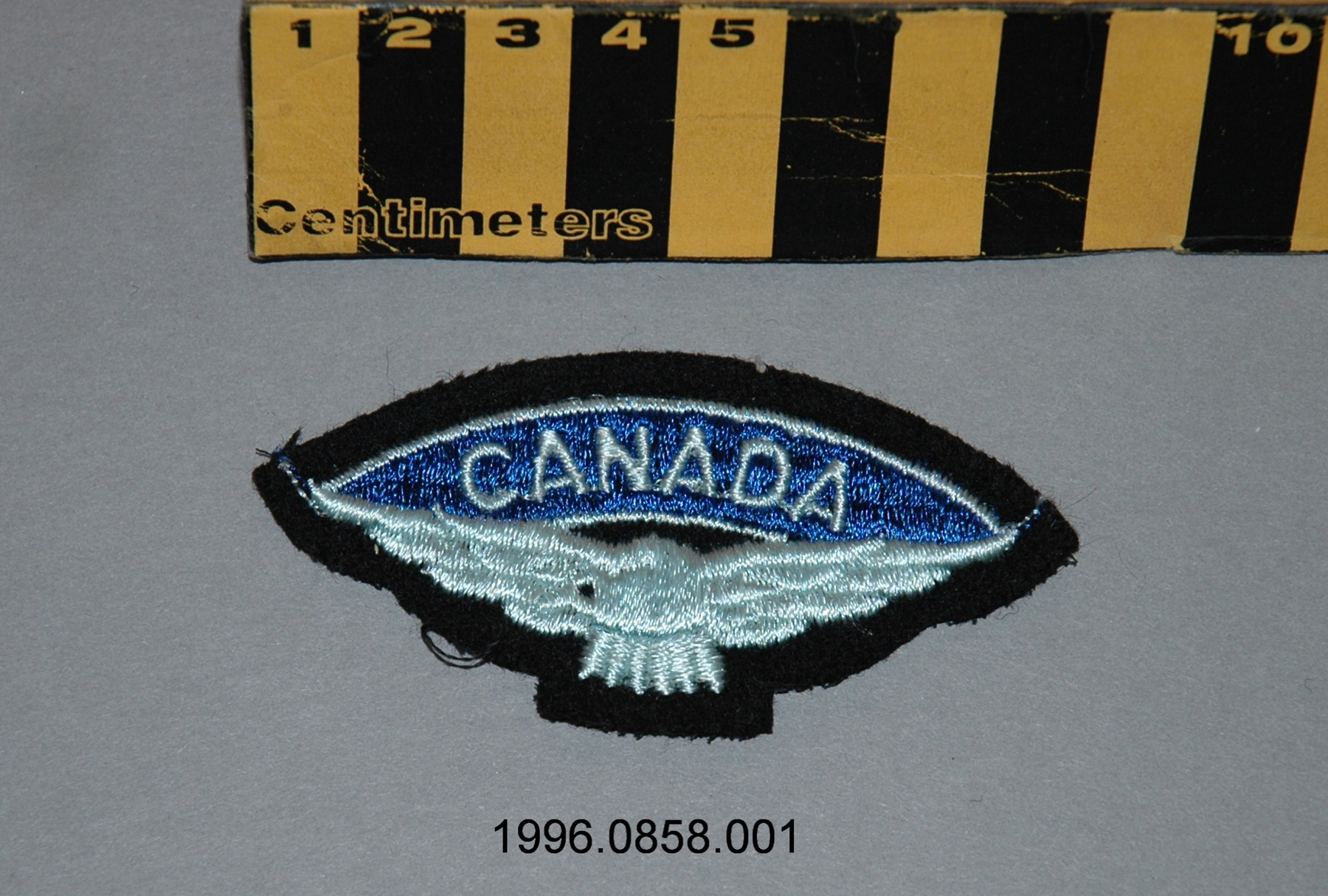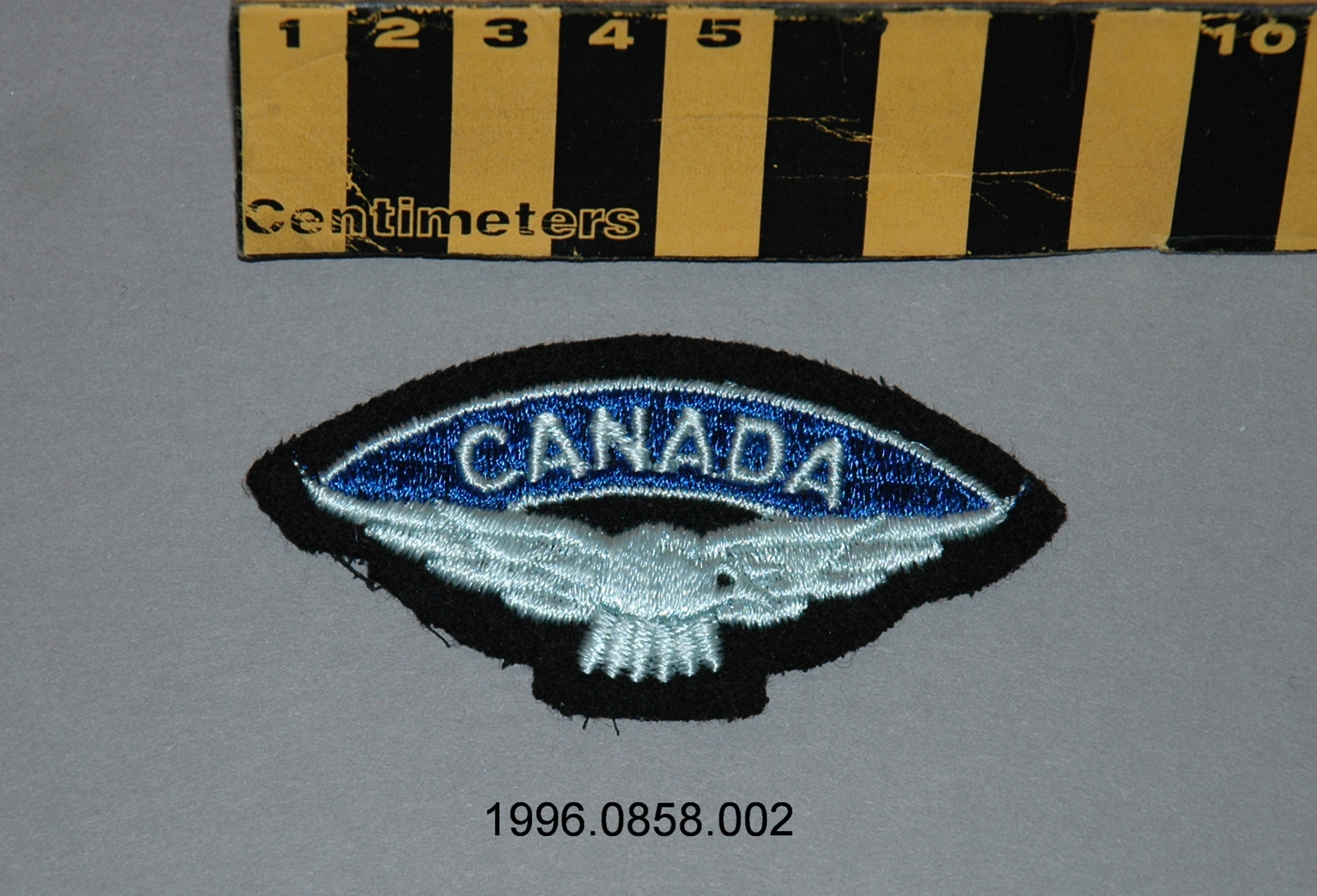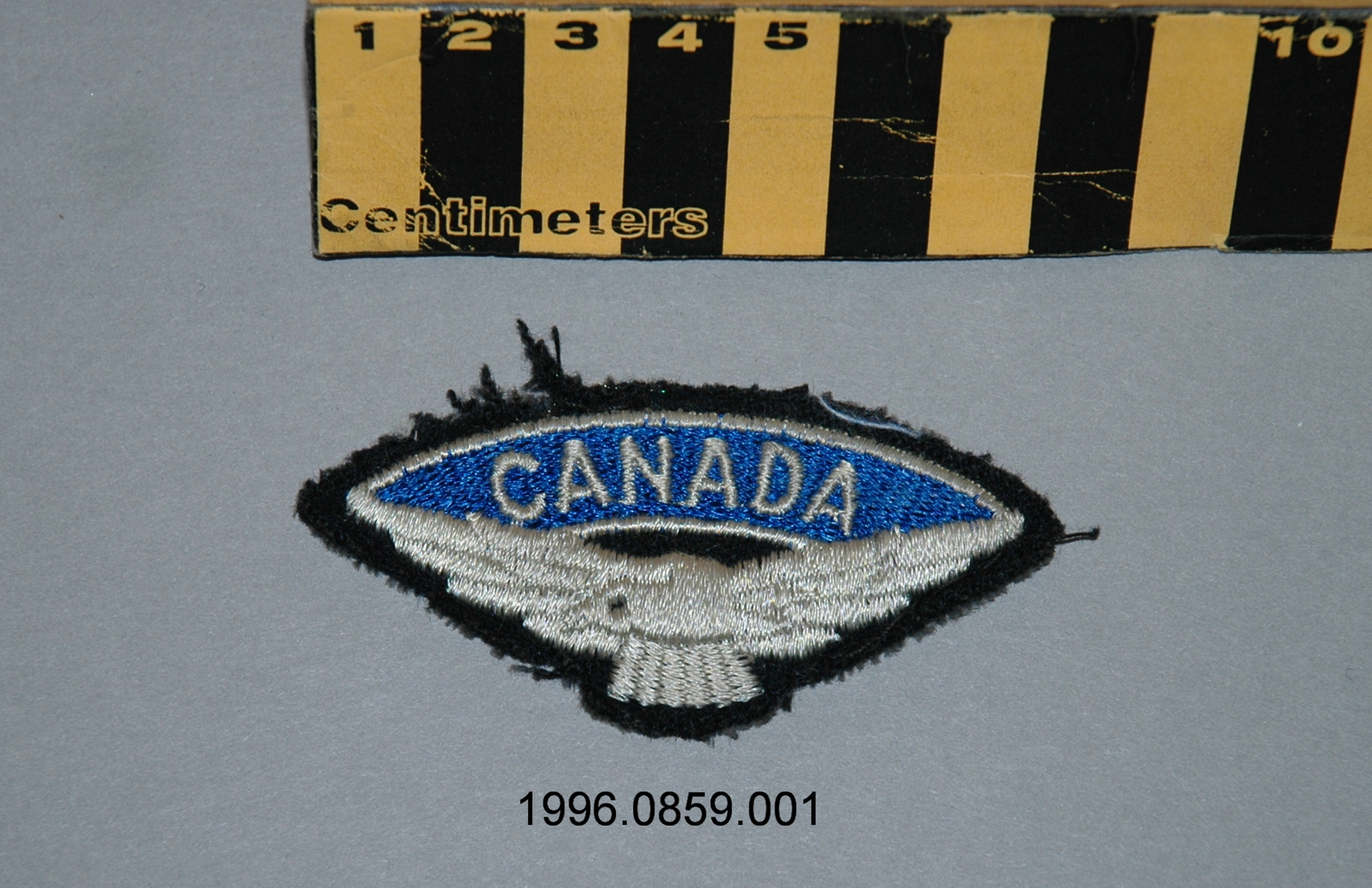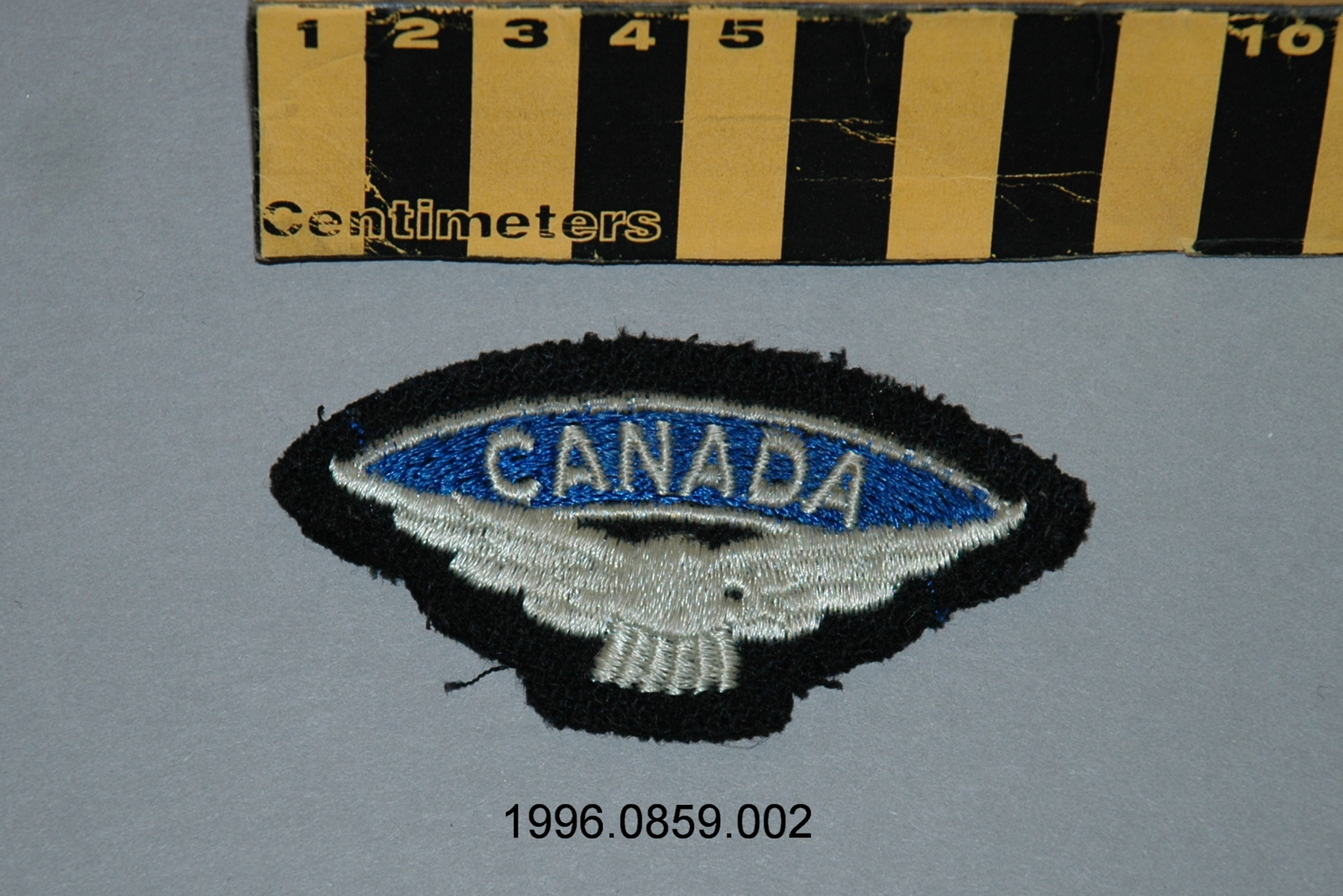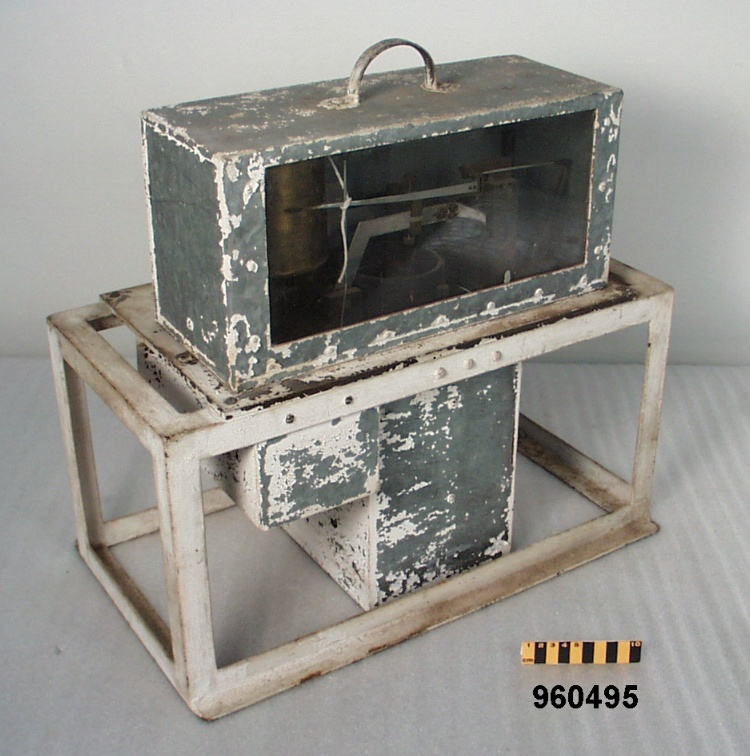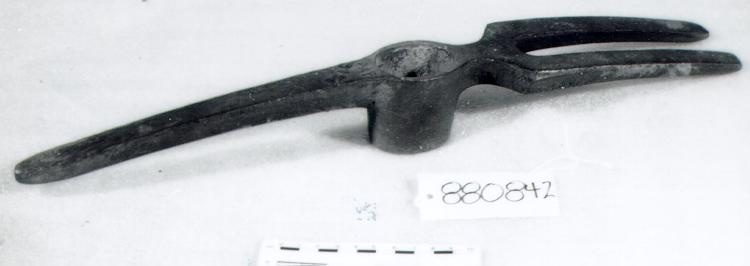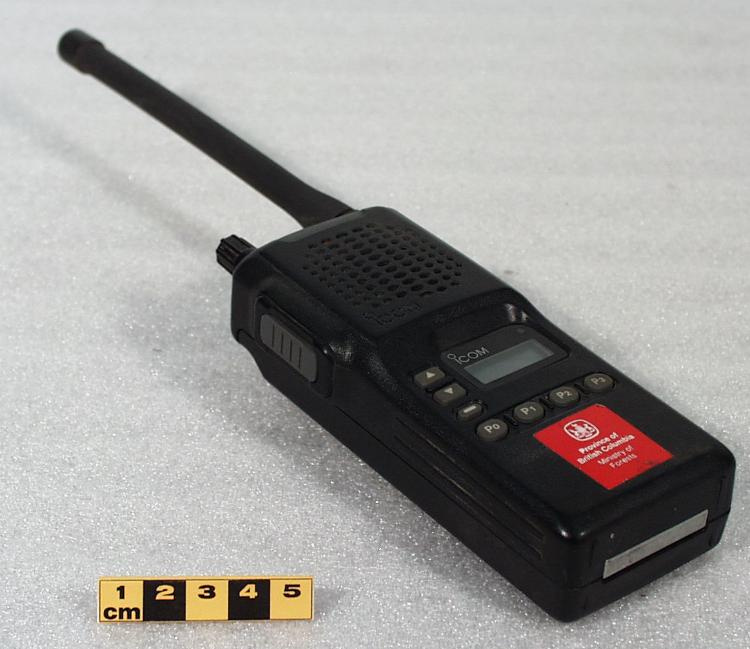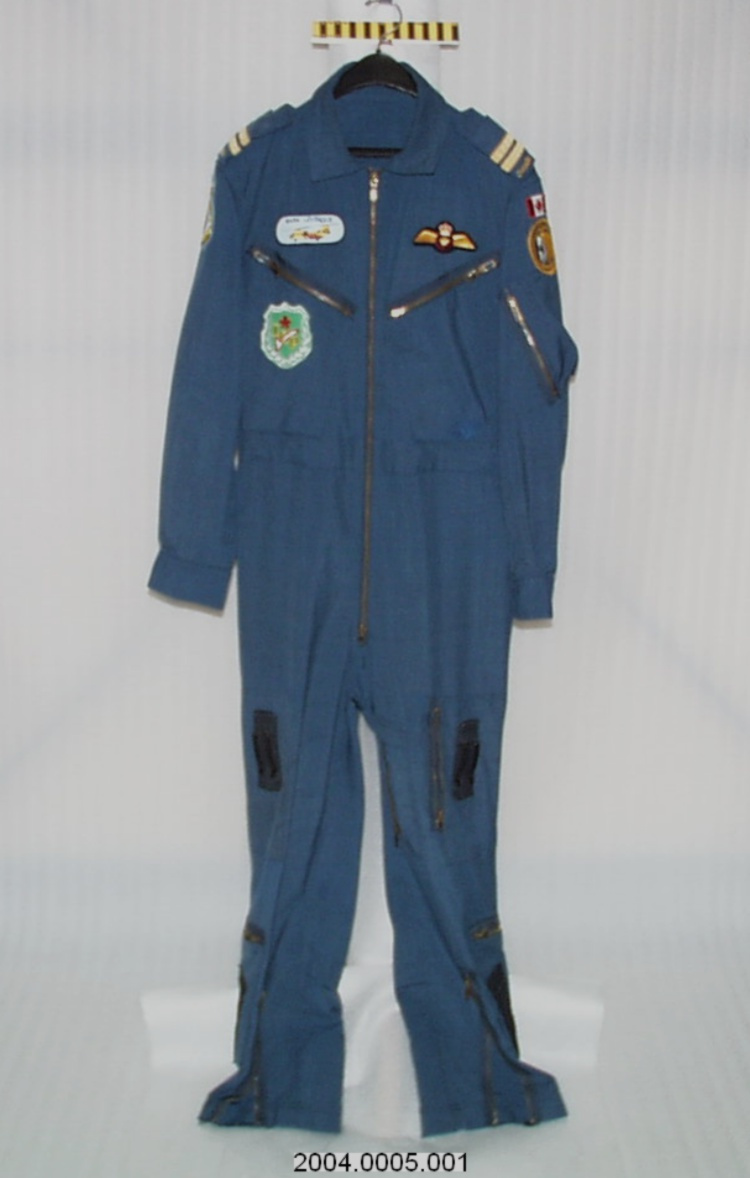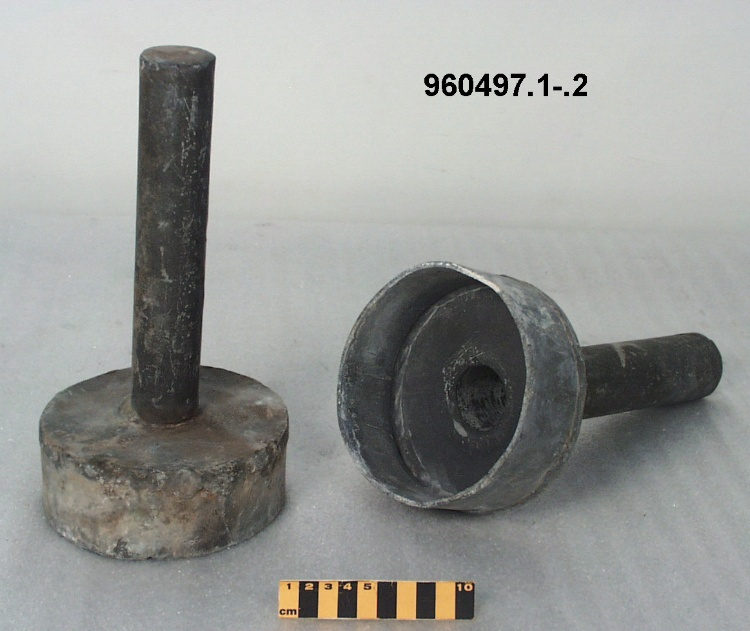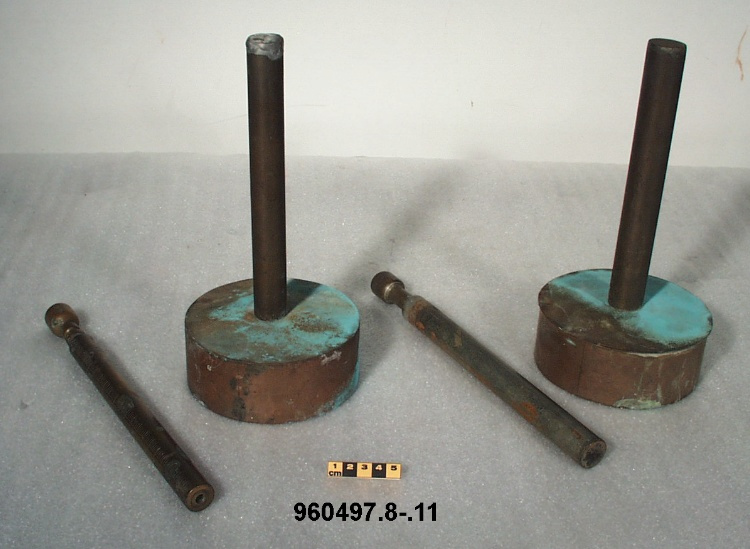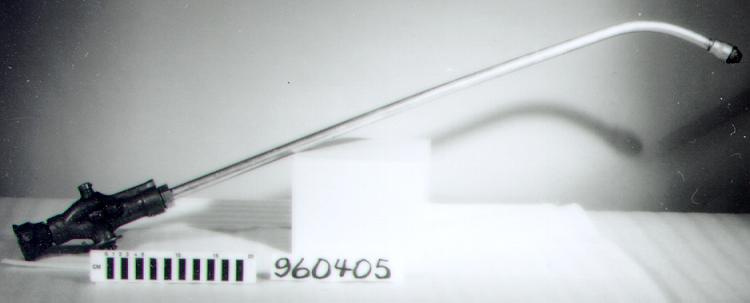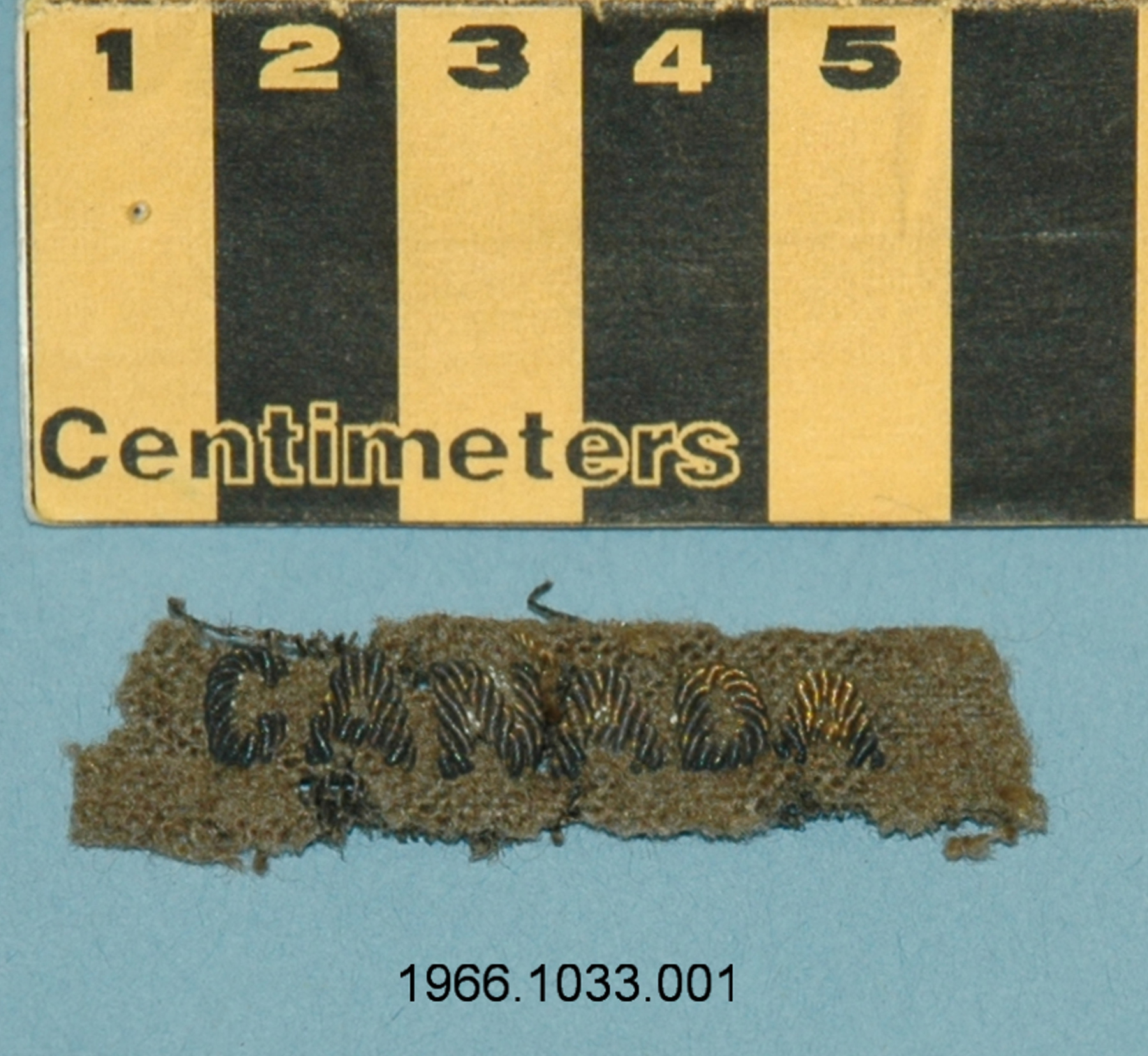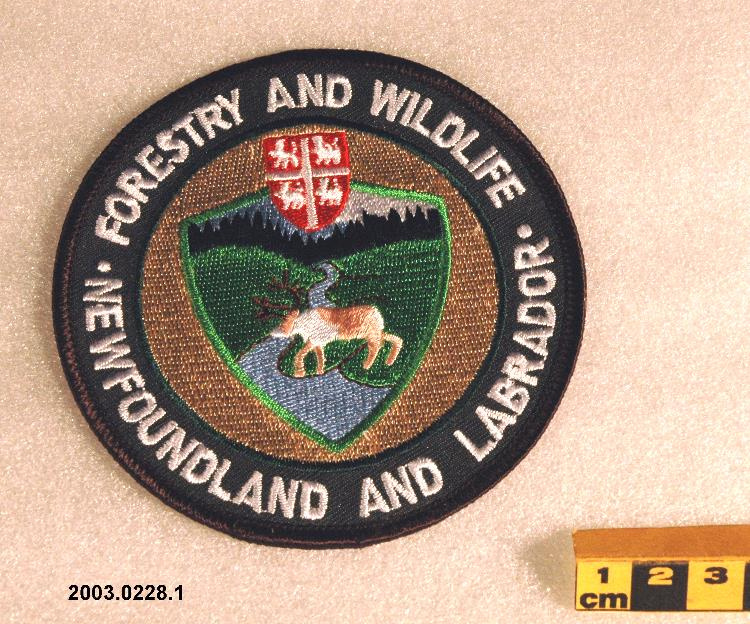Badge
Use this image
Can I reuse this image without permission? Yes
Object images on the Ingenium Collection’s portal have the following Creative Commons license:
Copyright Ingenium / CC BY-NC-ND (Attribution-NonCommercial 4.0 International (CC BY-NC 4.0)
ATTRIBUTE THIS IMAGE
Ingenium,
2003.0228.001
Permalink:
Ingenium is releasing this image under the Creative Commons licensing framework, and encourages downloading and reuse for non-commercial purposes. Please acknowledge Ingenium and cite the artifact number.
DOWNLOAD IMAGEPURCHASE THIS IMAGE
This image is free for non-commercial use.
For commercial use, please consult our Reproduction Fees and contact us to purchase the image.
- OBJECT TYPE
- uniform
- DATE
- 2003
- ARTIFACT NUMBER
- 2003.0228.001
- MANUFACTURER
- Unknown
- MODEL
- Forestry & Wildlife Newfoundland & Labrador
- LOCATION
- Unknown
More Information
General Information
- Serial #
- N/A
- Part Number
- 1
- Total Parts
- 1
- AKA
- shoulder flash
- Patents
- N/A
- General Description
- fabric & embroidery thread
Dimensions
Note: These reflect the general size for storage and are not necessarily representative of the object's true dimensions.
- Length
- N/A
- Width
- N/A
- Height
- N/A
- Thickness
- N/A
- Weight
- N/A
- Diameter
- 10.1 cm
- Volume
- N/A
Lexicon
- Group
- Forestry
- Category
- Fire fighting
- Sub-Category
- N/A
Manufacturer
- AKA
- Unknown
- Country
- Unknown
- State/Province
- Unknown
- City
- Unknown
Context
- Country
- Canada
- State/Province
- Newfoundland and Labrador
- Period
- Unknown
- Canada
-
Uniform identification badges used by Canadian forestry and forest fire fighting personnel, specifically of Newfoundland & Labrador. A dedicated forest fire fighting organization has existed in that province since 1905. In the modern forest fire fighting service, ground fire fighting crews operate out of 24 depots throughout Newfoundland & Labrador. The program also makes use of six water bombers, a spotter aircraft, & four helicopters from which two person Helitack (helicopter attack) crews can be deployed (Ref. 2) . - Function
-
Identifying patches worn on the uniforms of provincial forestry personnel, affixed to a shirt or jacket. - Technical
-
An example of a machine embroidered fabric badge. For centuries embroidery hand been done by hand, but during the industrial revolution mechanization of the process began. Embroidery machines were designed by 1860, combining in a single machine handloom technology with the existing sewing machine technology, the lock-stitch. The automation was refined in the in the 1970s - early 1980s with automatic, electronically controlled custom embroidered machines developed in Japan. Instead of the instructions being coded on a continuous reel of paper or Mylar(r) tape containing x-y coordinate information in Binary, Fortran or other numeric code to control pantograph movement, the information is now digitized on computer disks. These machines also do the work flat instead of vertically which allows automatic colour changes (Ref. 1). - Area Notes
-
Unknown
Details
- Markings
- embroidered white lettering reads "FORESTRY AND WILDLIFE/ NEWFOUNDLAND AND LABRADOR"
- Missing
- complete
- Finish
- green, black, brown, blue, pink, white
- Decoration
- embroidered caribou? on river/ embroidered Newfoundland coat-of-arms
CITE THIS OBJECT
If you choose to share our information about this collection object, please cite:
Unknown Manufacturer, Badge, circa 2003, Artifact no. 2003.0228, Ingenium – Canada’s Museums of Science and Innovation, http://collections.ingeniumcanada.org/en/id/2003.0228.001/
FEEDBACK
Submit a question or comment about this artifact.
More Like This
